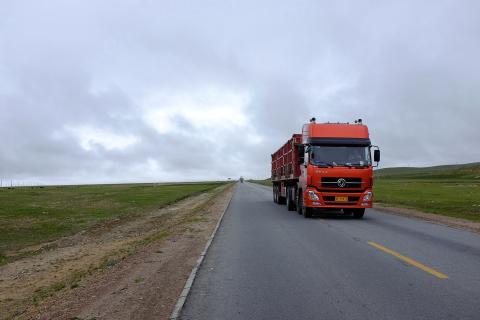
DAY7-8Final Chapter The sea in northern Tibet
Namtso is the last stop on the journey and the highest one. After several days of hiking on the plateau, my daughter is almost ready to spend the night at high altitude. We drove towards the northern Tibetan grasslands. The scenery of G109 was completely different from that of G318. It lacked the steepness of the mountains and canyons, but had more of the majesty of the Qinghai-Tibet Plateau.

It is about 260 kilometers from Lhasa to Namtso, and it takes about 4 hours to drive because the speed limit is 70. The scenery of G109 is mainly concentrated in Tanggula Mountain, Hoh Xil, and Tuotuo River. We stopped at Damxiong this time and will only go there next time. I didn’t take any pictures along the way, so I had lunch in Damxion County. A portion of shredded pork with green pepper cost 45 yuan, which made me burst into tears! Turn left at Damxiong to enter the scenic spot, and cross the Naragan Pass, which has the highest altitude of this journey at 5,120 meters. A sea appears in front of you, and you have arrived at Namtso.
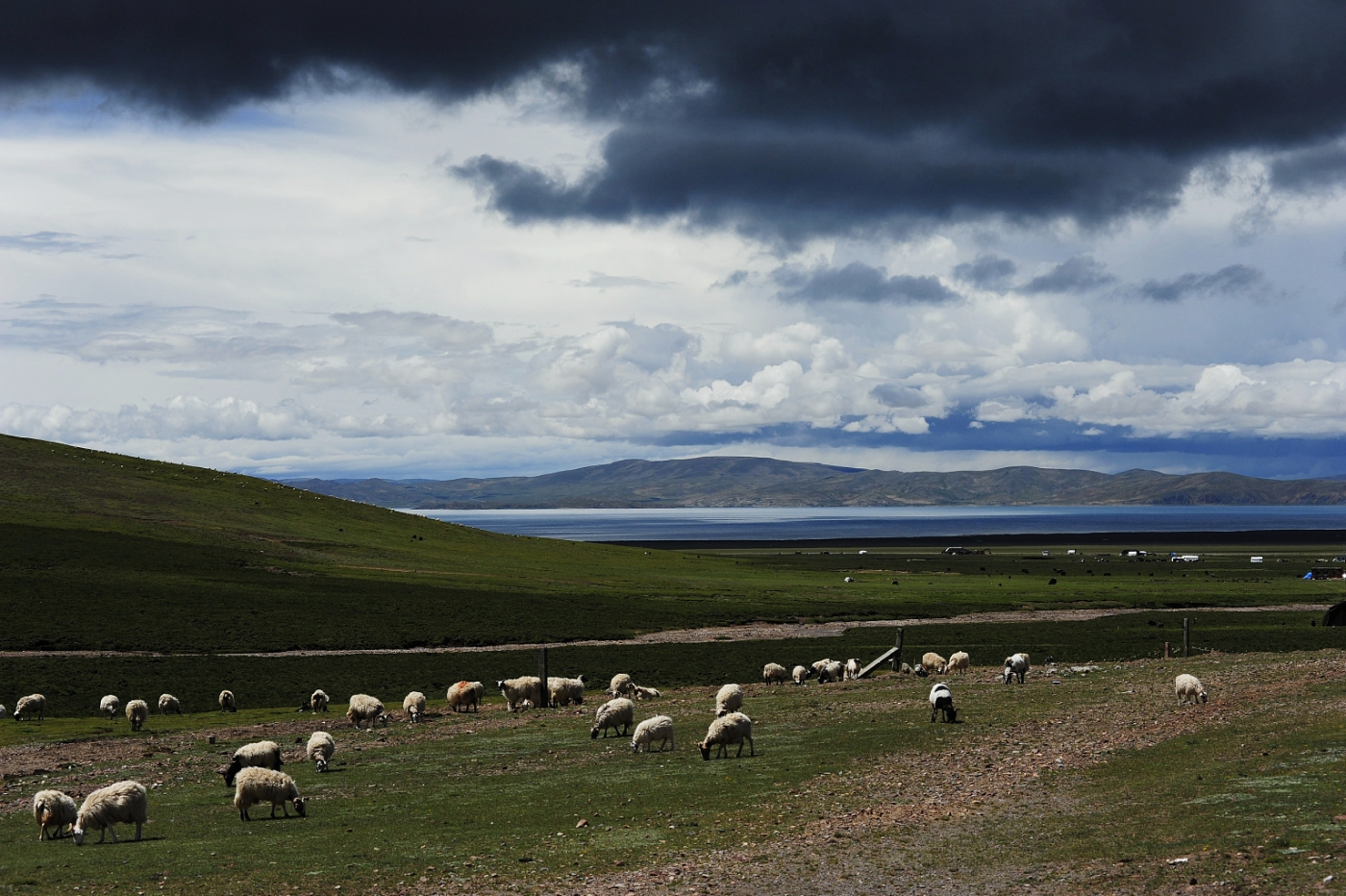
Now the roads leading to Namtso have been paved with asphalt. I remember that when I first came here 10 years ago, they were all dirt roads, and off-road vehicles raised dust all the way. I really wanted to drive a section to the lake by myself, but the Tibetan driver refused, saying that he was not familiar with the road conditions around the lake and it would be easy to get stuck. I thought it was just an excuse at the time, but now I understand the power of the lakes on the plateau.
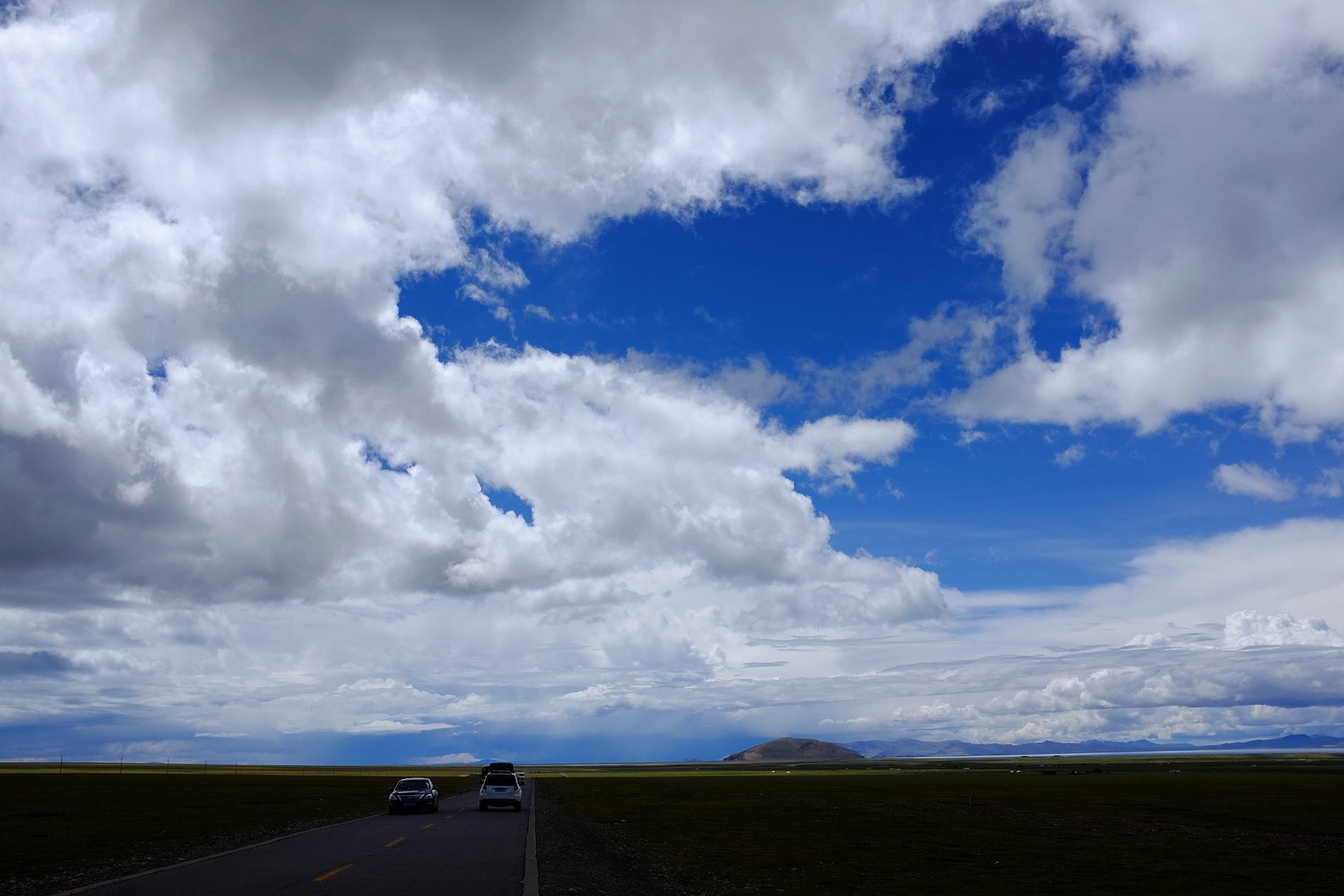
There are pastoral areas along the way, and the sheep on the grassland are like clouds falling from the sky.
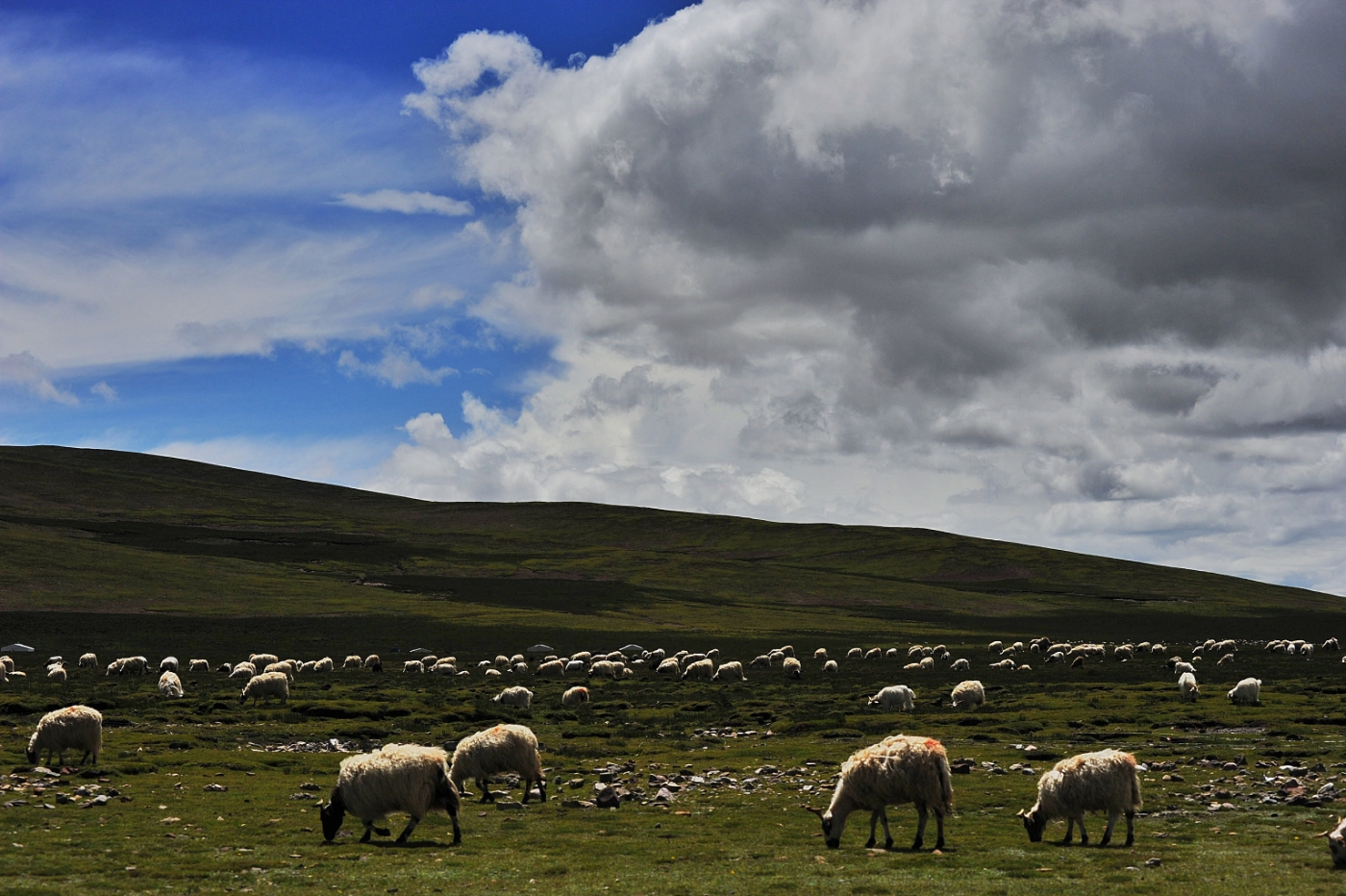
In the distance is Nyenchen Tanglha Mountain.
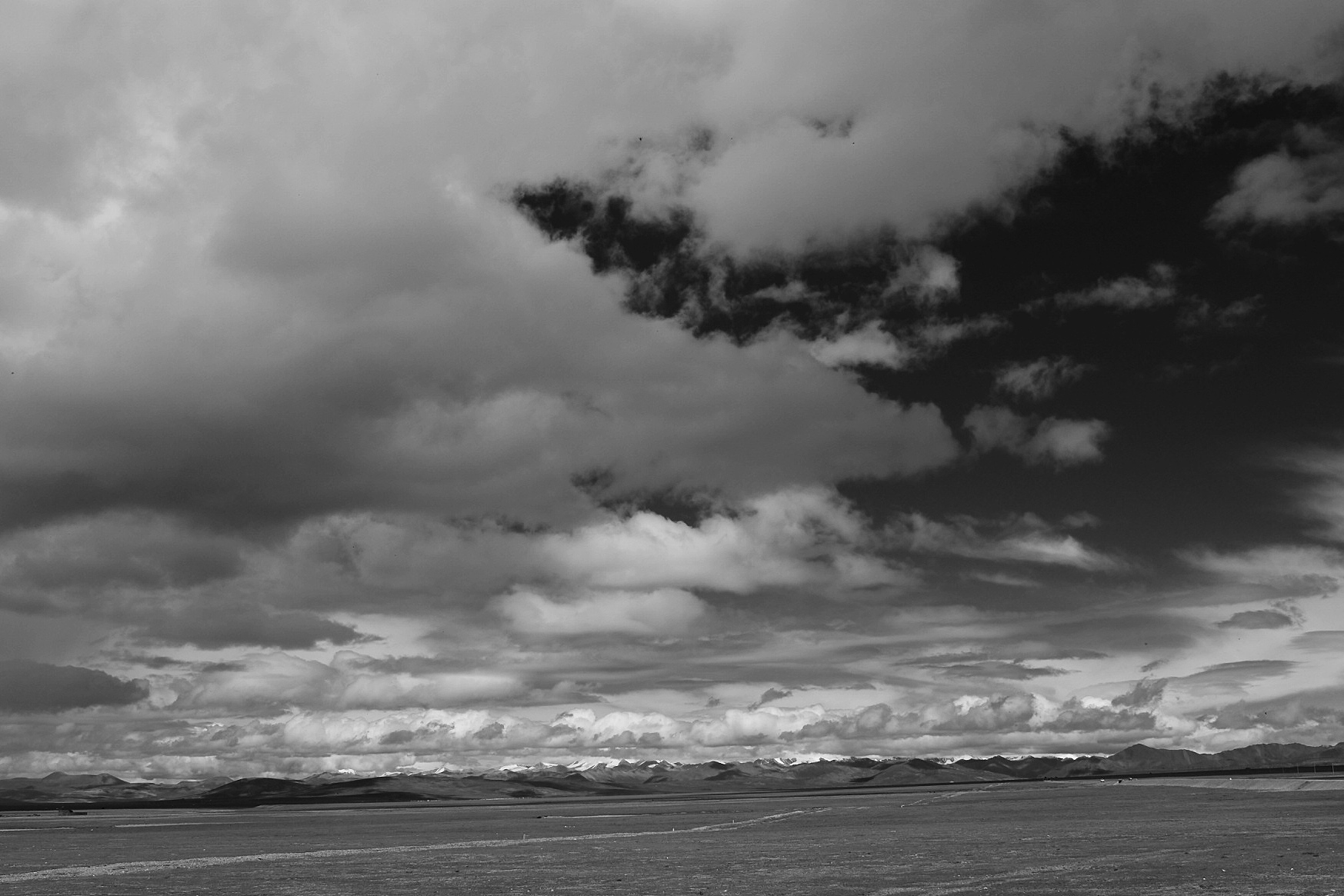
Use telephoto to zoom in and see where you are going.
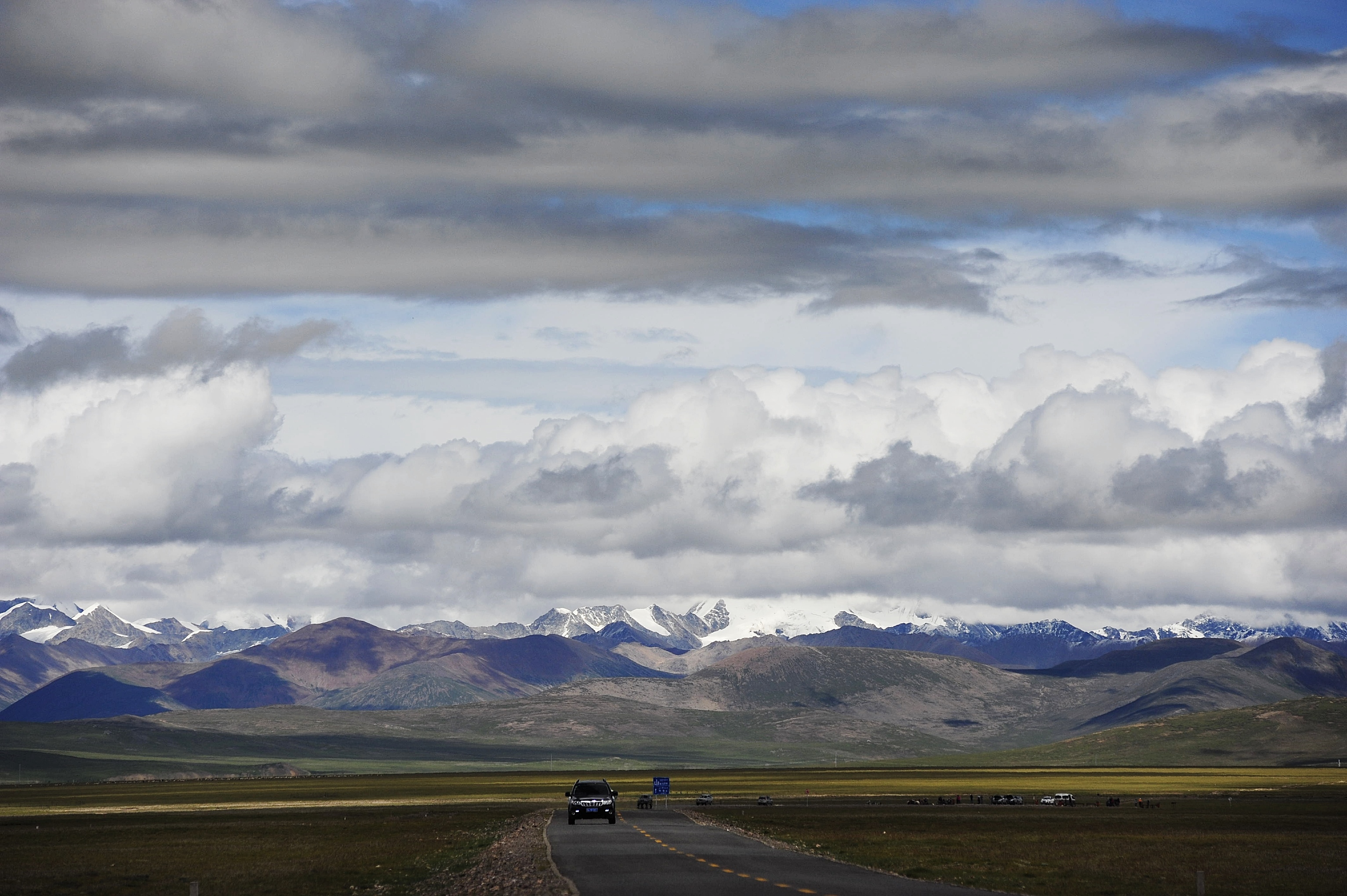
Such a majestic sky makes us very excited.
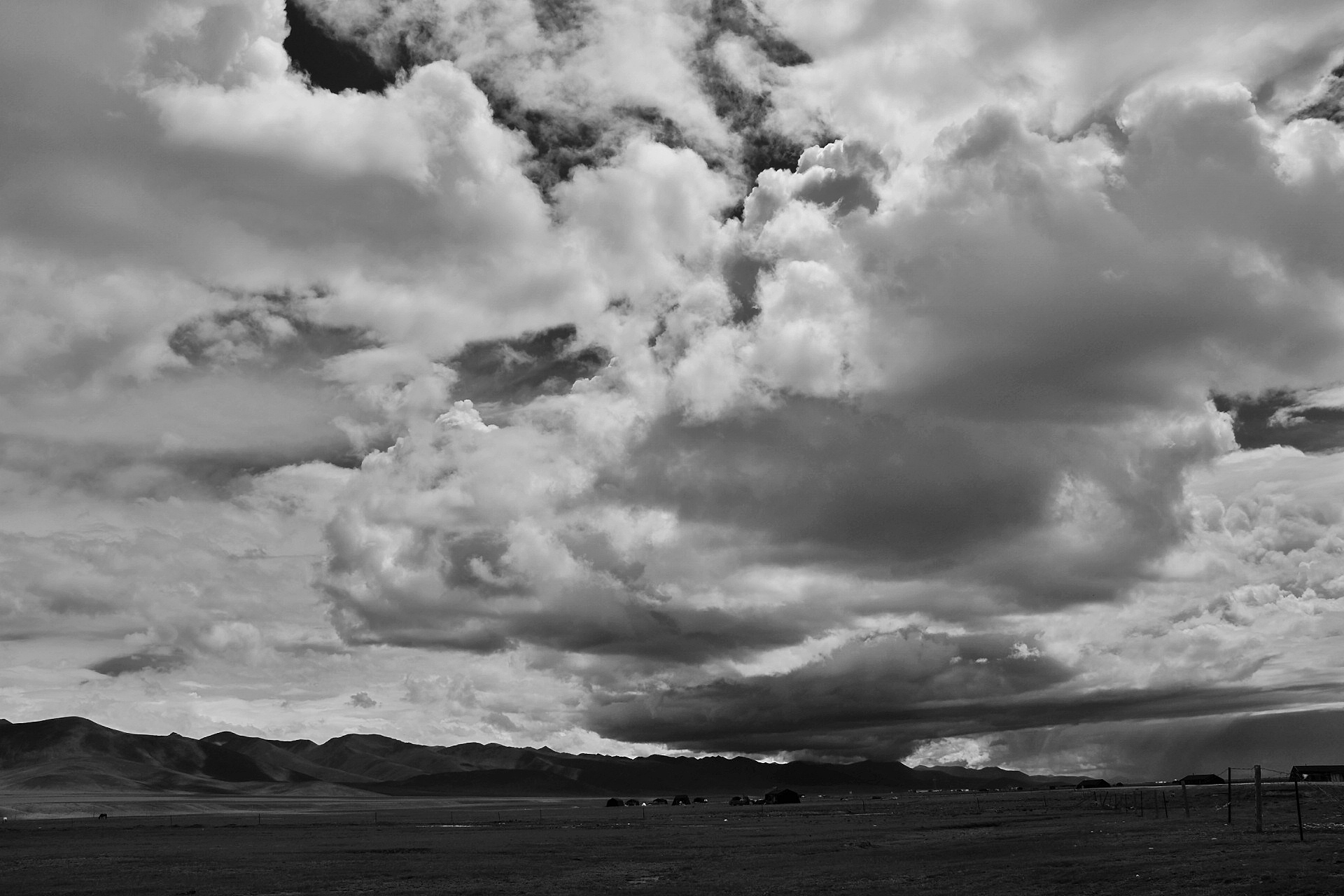
This is the summer pasture for herdsmen, and before the first snow comes in October, they will move to their wintering grounds.

When we came to the lake, there was a strong wind and heavy rain pouring down on the lake. We could clearly see the rain pillars under the cumulonimbus clouds.
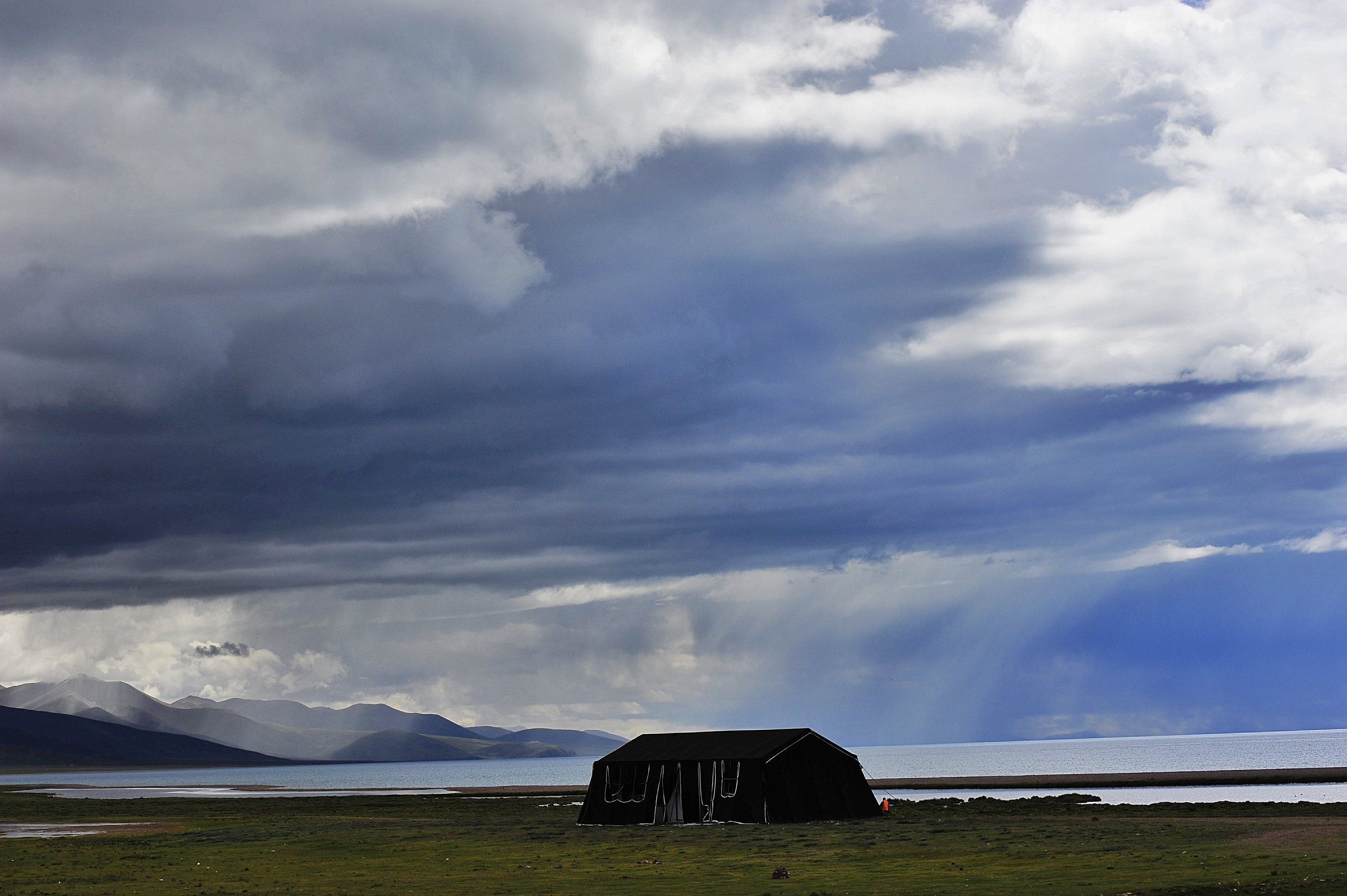
Against the backdrop of cumulonimbus clouds and azure lakes, the colors of tourists’ clothes are particularly eye-catching.
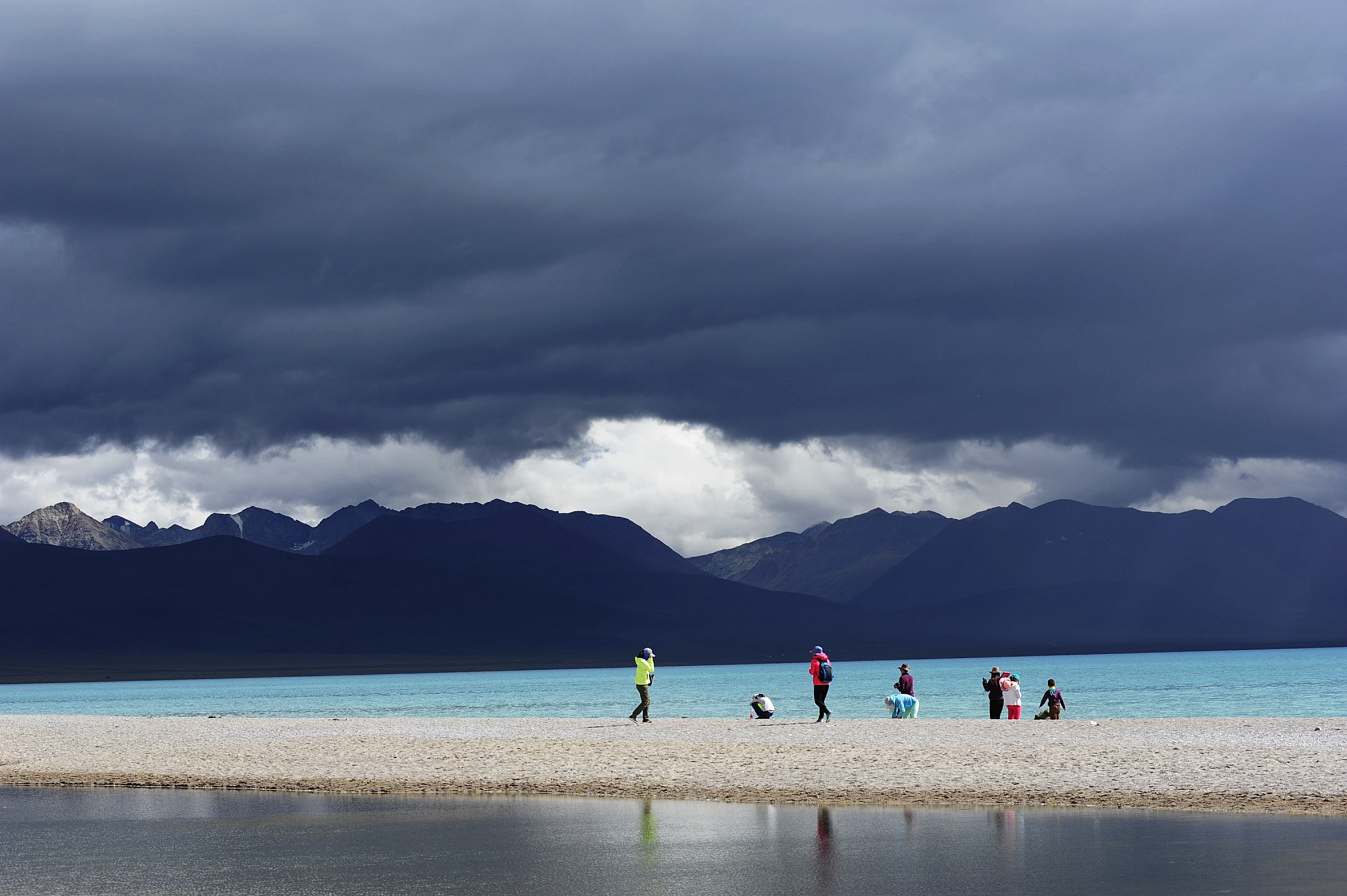
Namtso, it’s been 10 years since we last saw each other!
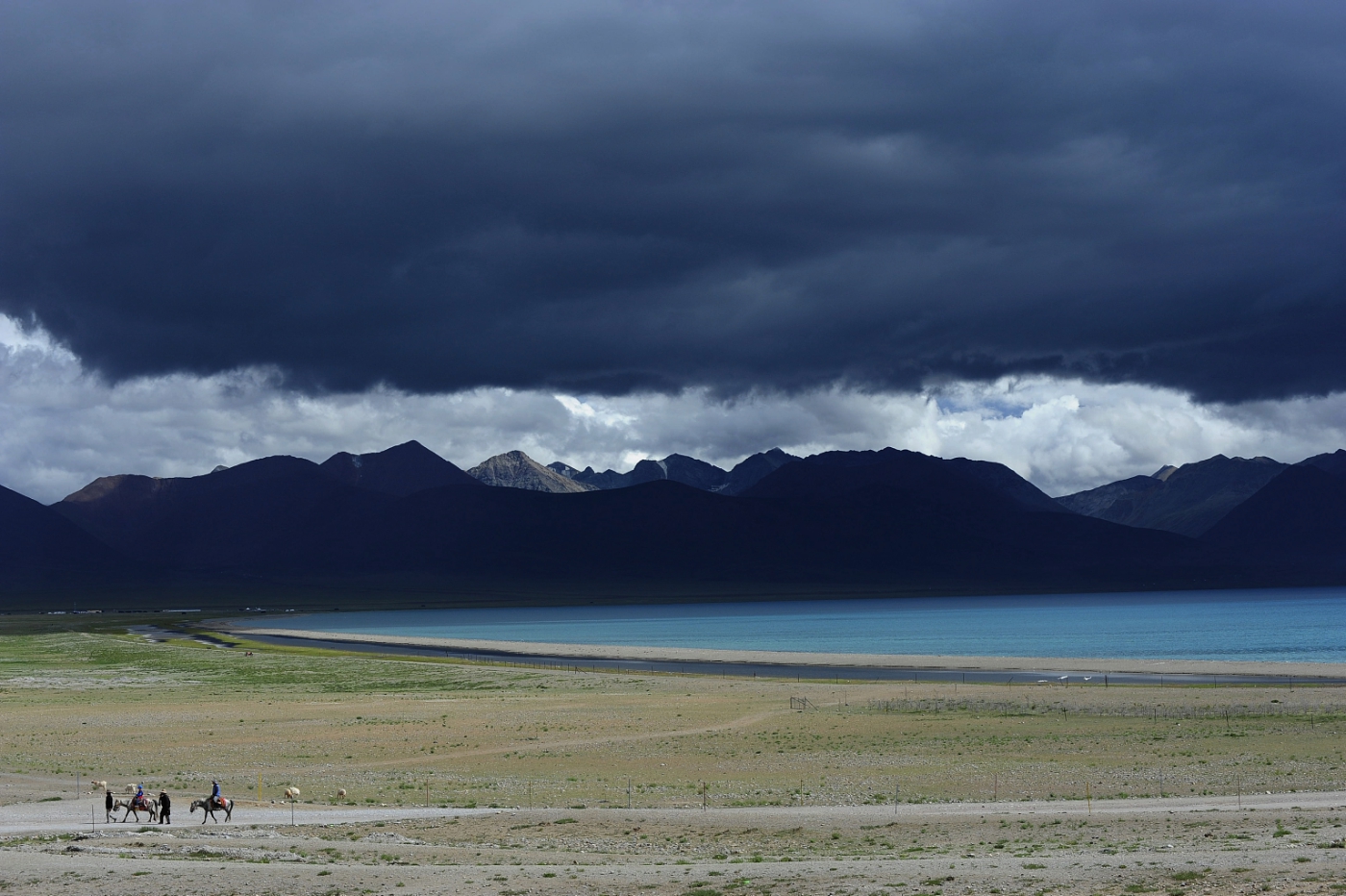
Many temporary cabins and inns were built on the Tashi Peninsula, which was still empty 10 years ago. I originally planned to sleep in the car if the cabins were too poor, but it turned out to be okay. After booking a room, we hurried to the lake. The cumulonimbus clouds had just passed by, and the sun poured into the lake from the clouds.
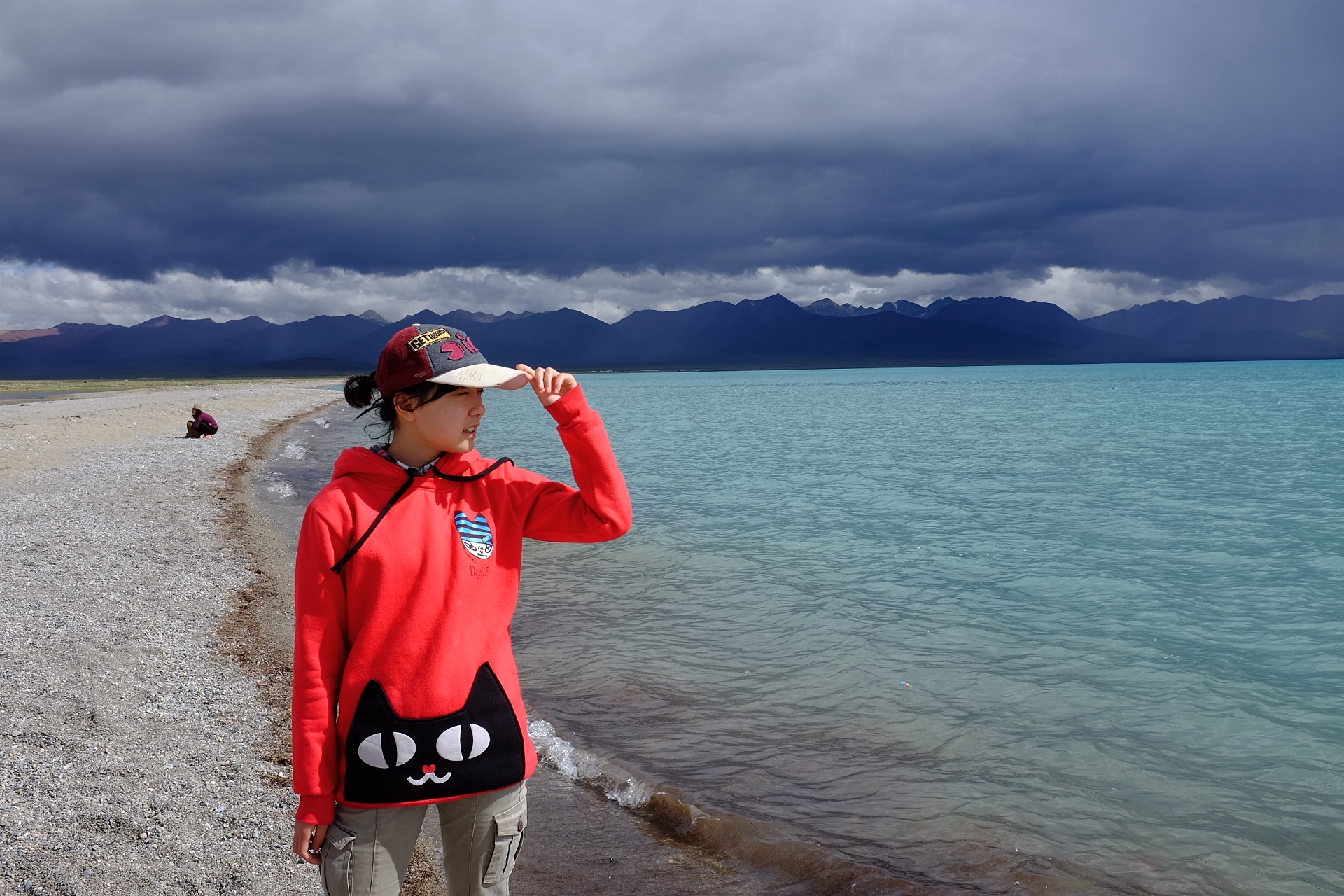
A waterbird soars between the clouds and the lake. There are many gulls and waterbirds in Namtso.
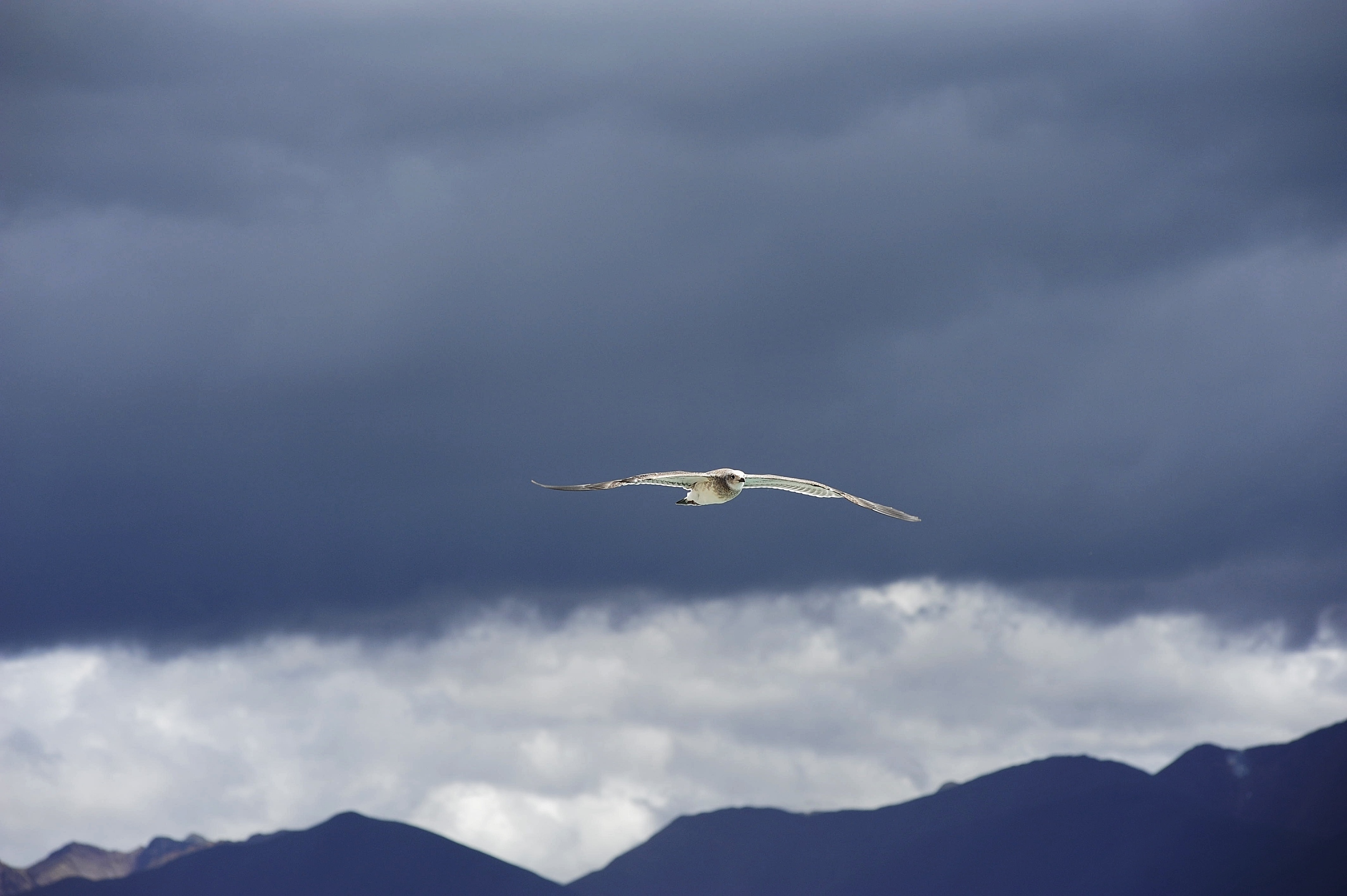
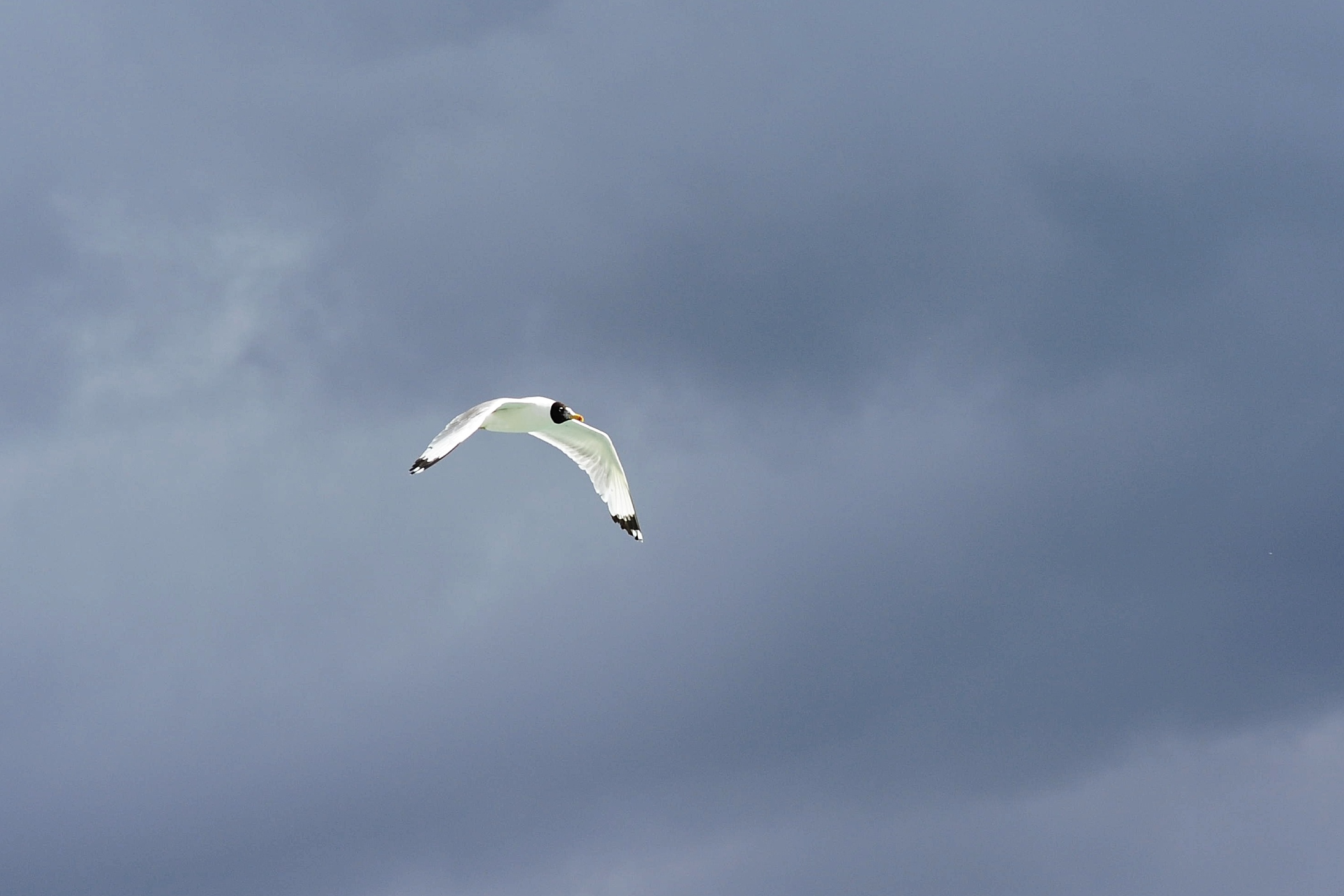
I followed the direction of the waterfowl for a long distance and found them by the lake far away from tourists.
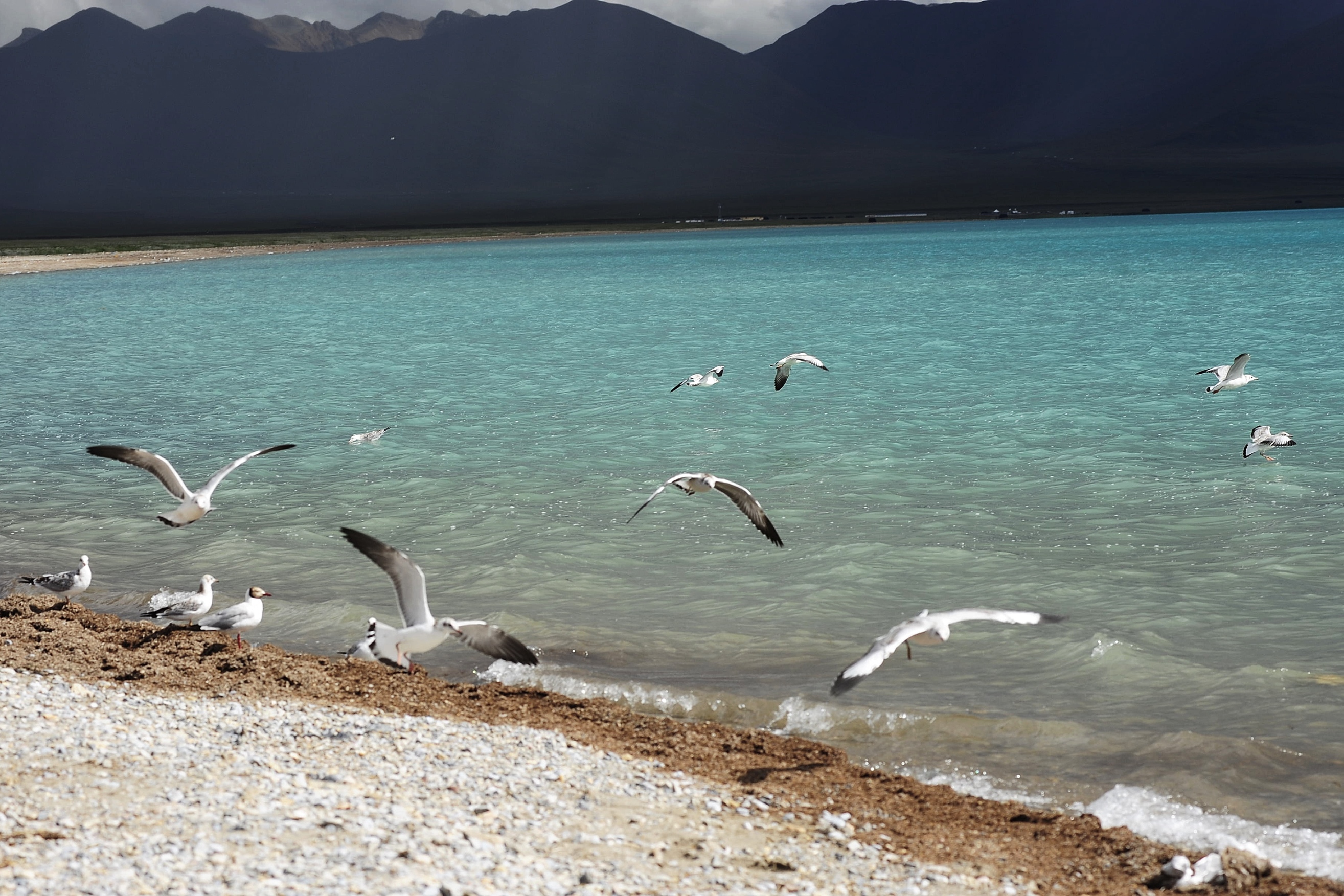
Using telephoto and high-speed continuous shooting, I finally caught this moment of flying into the air.

The light is constantly changing, and the blue lake water is tinged with green.
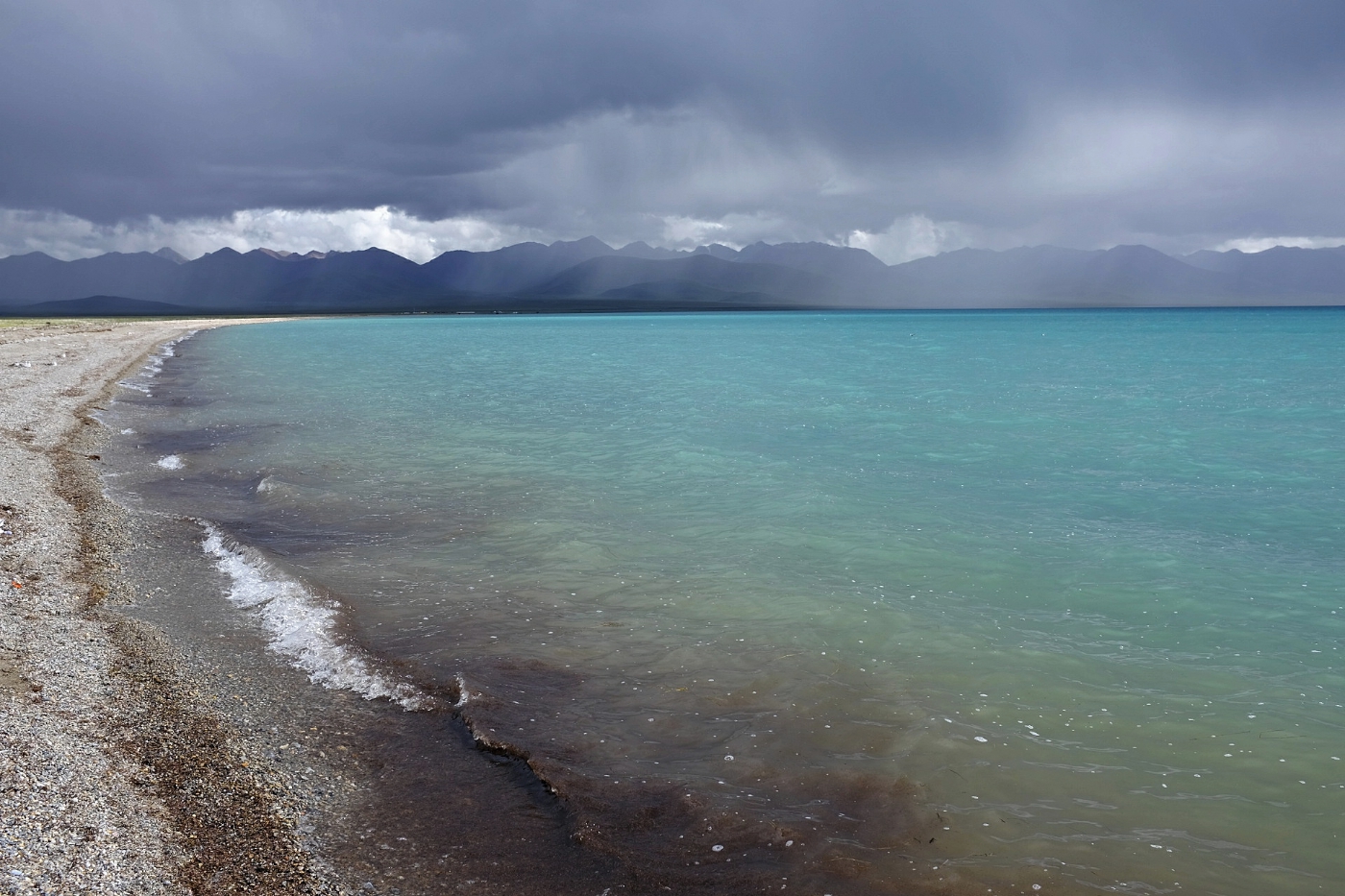
Another cumulonimbus cloud drifted over, and a strong wind suddenly blew around the lake.
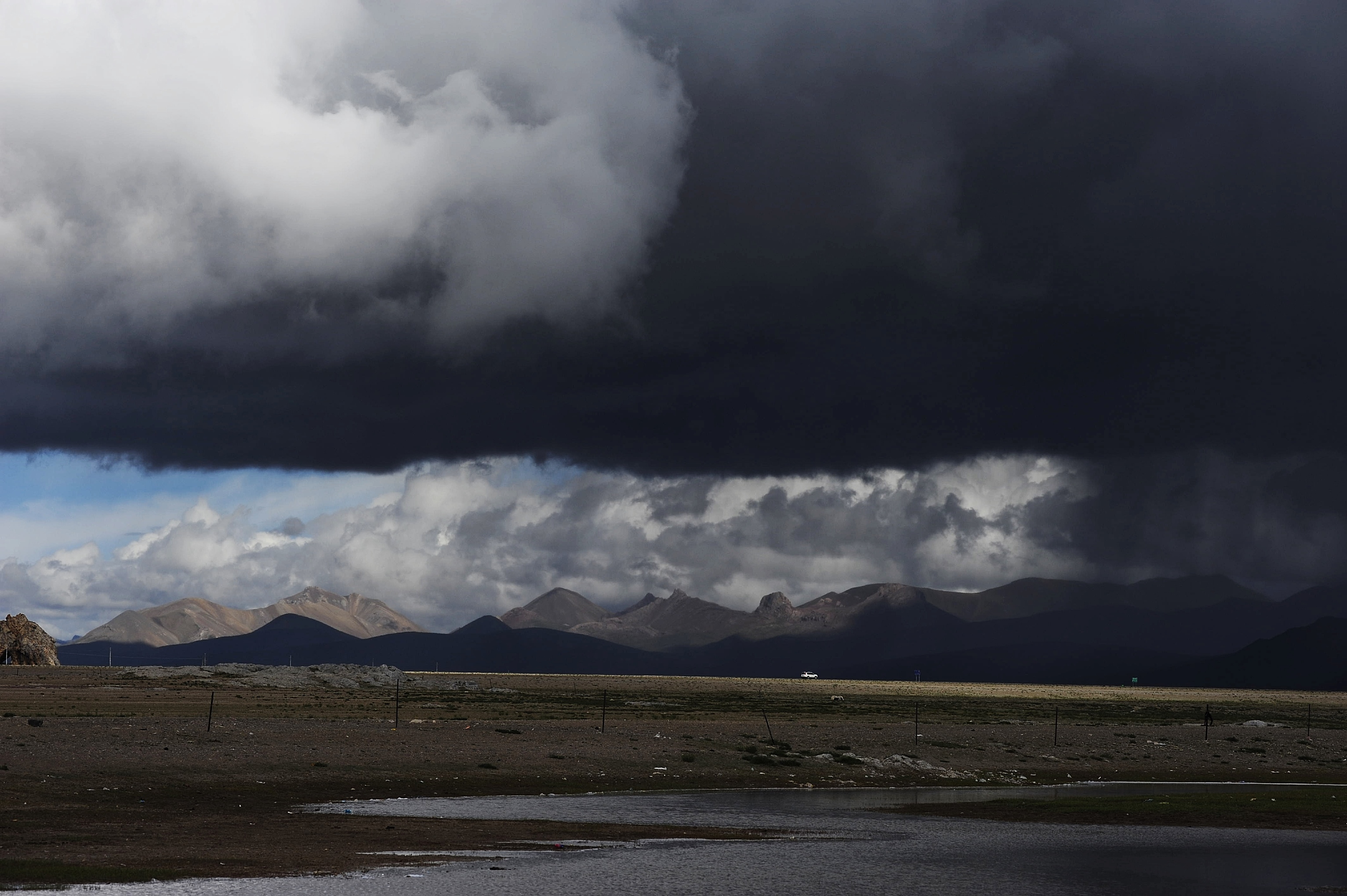
There is still sunshine on the pasture in the distance, and the cars running in the rain column contrast with the vastness of this grassland.
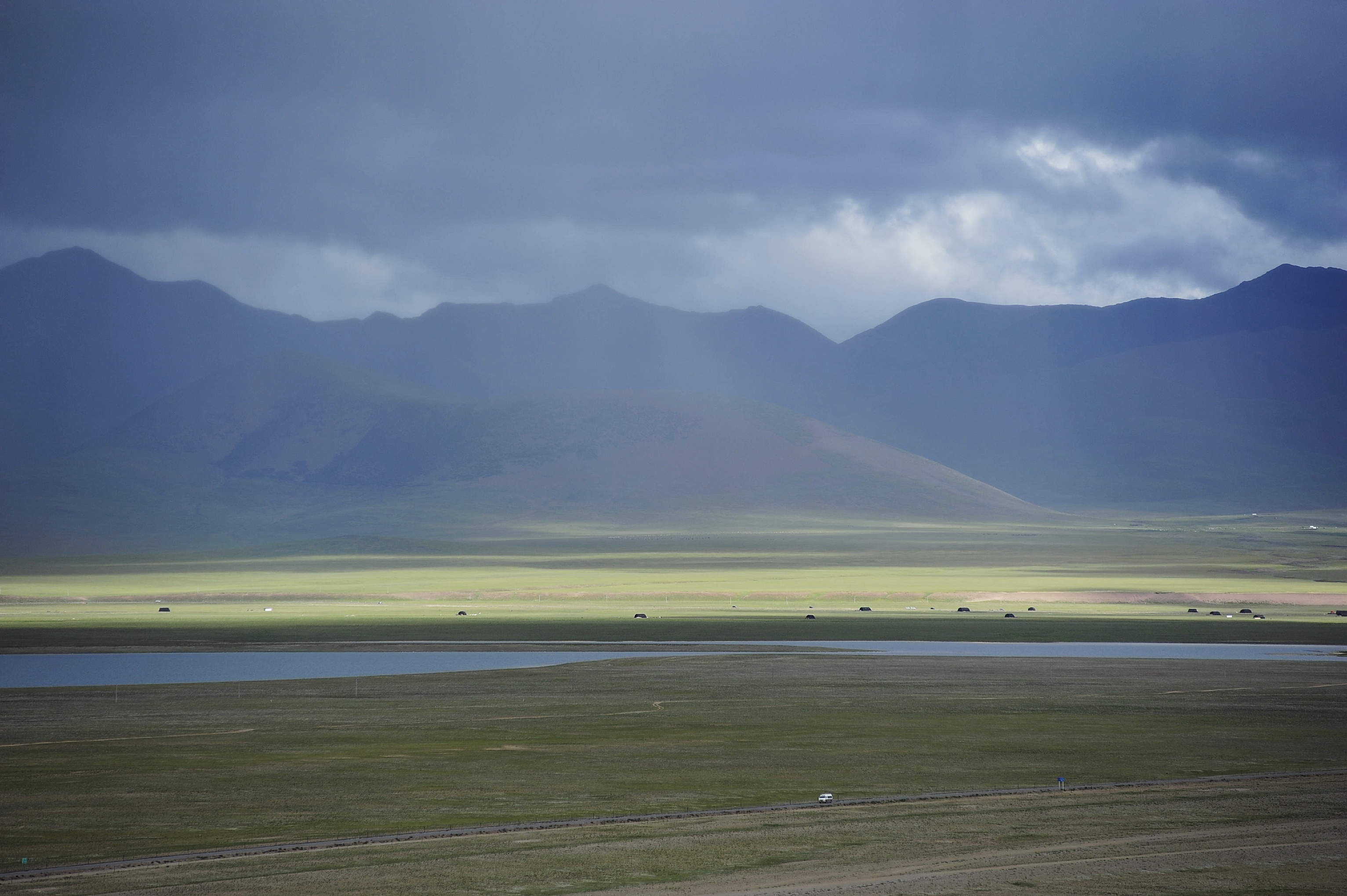
The lake, which had been sunny just now, was covered with clouds, and we began to climb the ridge of the Tashi Peninsula. Climbing a mountain at an altitude of 5,000 meters is an extremely painful thing. It feels like your heart is about to jump out. My daughter sat on the steps to catch her breath halfway, and I continued to climb to the top of the mountain before the sun came out again.
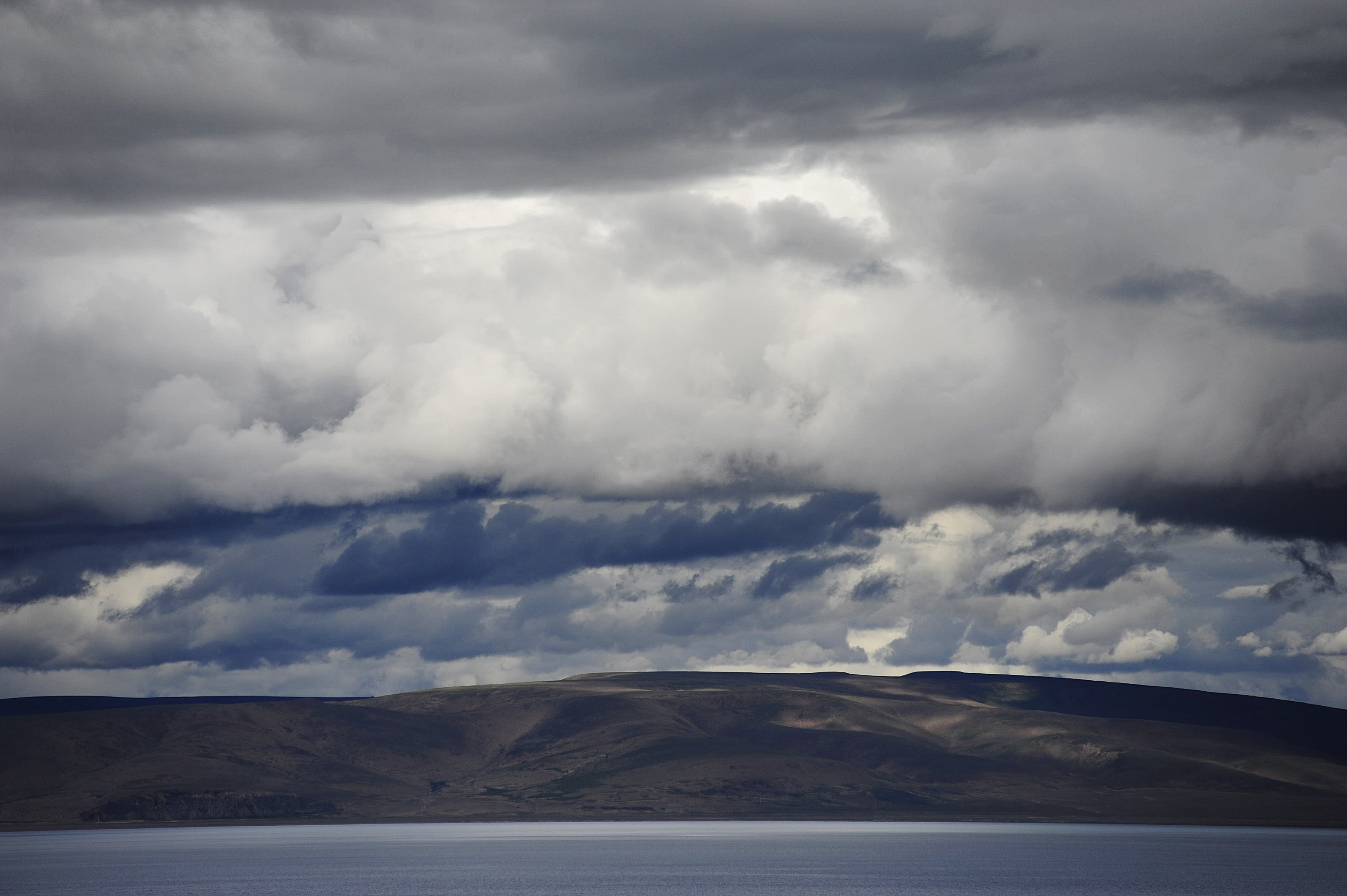
On the way, a herdsman smiled and showed the photo that the tourist had just taken for her.
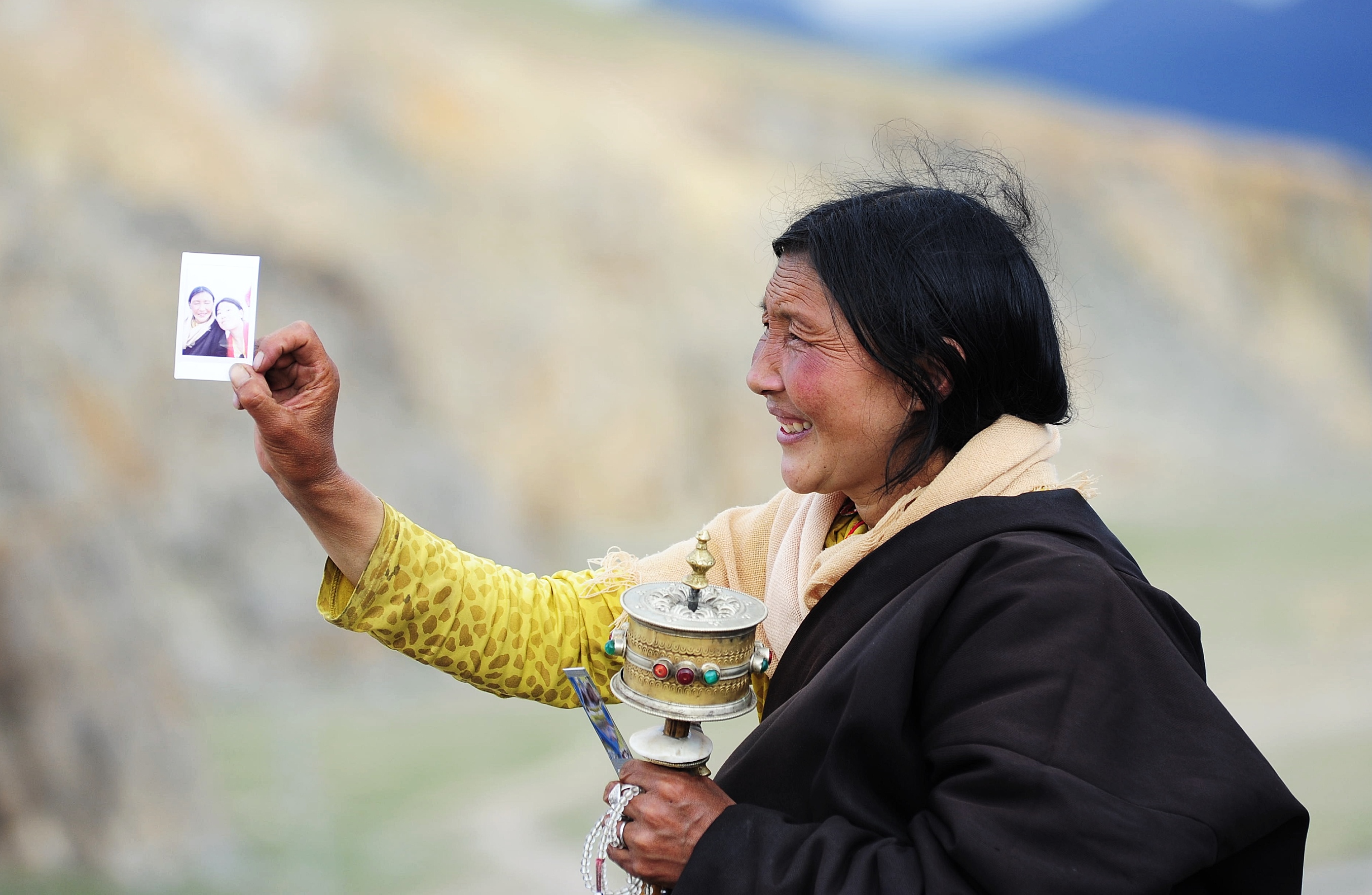
Climbing to the top of the mountain, the sun began to shine on the lake again.
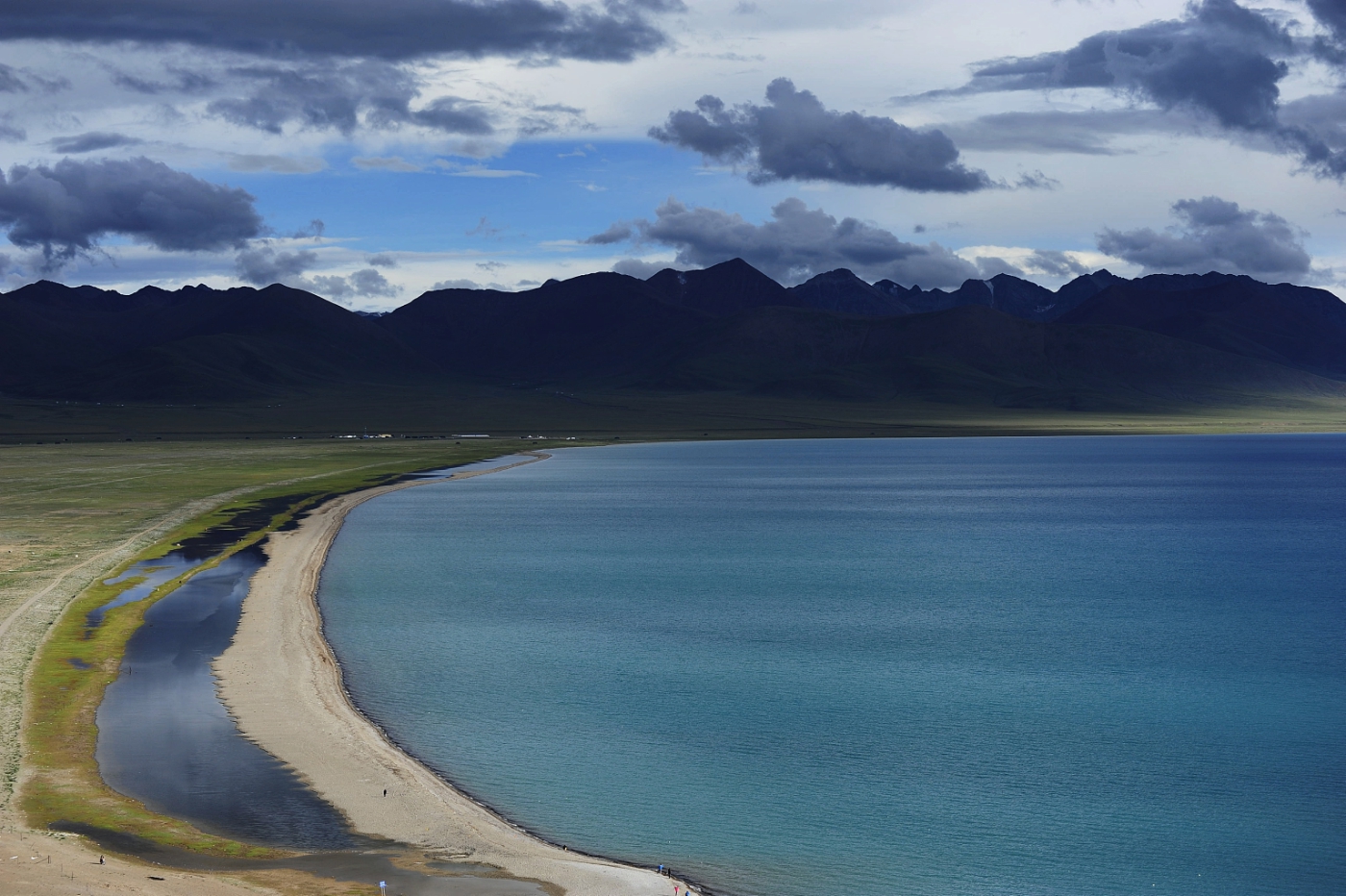
According to legend, Namtso was the daughter of Emperor Shakten and the wife of Nyenchen Tanglha. Their statues are: Nyenchen Tanggula - wearing armor, holding a whip in his right hand, holding rosary beads in his left hand, riding a white horse; Namtso - riding a flying dragon in the clouds, holding a dragon-headed Zen staff in his right hand, and a Buddhist mirror in his left hand. Nyenchen Tanglha Mountain is the most authoritative among the gods in the north. It has a vast northern territory and rich treasures. In the ancient mythology of Tibet, in the pantheon of Bon or Tibetan Buddhism, and in the folk songs and legends of local shepherds and hunters, Nyenchen Tanglha and Namtso are not only the most eye-catching sacred mountains in Tibet. Lake, and they are lovers and couples who depend on each other for life and death. Nyenchen Tanglha Mountain looks more handsome and tall because of the reflection of Namtso Lake, and Namtso Mountain becomes more beautiful and charming because of the reflection of Nyenchen Tanglha Mountain.
About 30 kilometers away from the north bank of Namtso, there is a mountain called Baoji Mountain, which faces Nyenchen Tanglha Mountain in the distance. At that time, the majestic Baoji Mountain often whispered and lingered with Namtso, the beloved wife of Nyenchen Tanglha Mountain. A son was born - Tang Lazajie. In order to prevent Tanglhajie from being discovered by Nyenchen Tanglha Mountain, Baoji Mountain and Namtso Mountain hid Tanglage in a dam about 6 kilometers west of Baoji Mountain. The strange thing is that in the area north of Namtso, you can see the majestic appearance of Nyenchen Tanglha Mountain from any angle, but you can't see Nyenchen Tanglha Mountain even when standing on Tanglazhajie Mountain. Although Tang Lazajie was not seen by Nyenchen Tanglha, the unfortunate thing still happened. One time when they were having a tryst, Nyenchen Tanglha discovered that his wife was having an affair with Baojishan. Baojishan was about to flee north. Nyenchen Tanglha's long knife cut off its legs, and Baojishan could no longer stand up.
Before I could catch my breath, the beautiful Namtso was already in front of my eyes.
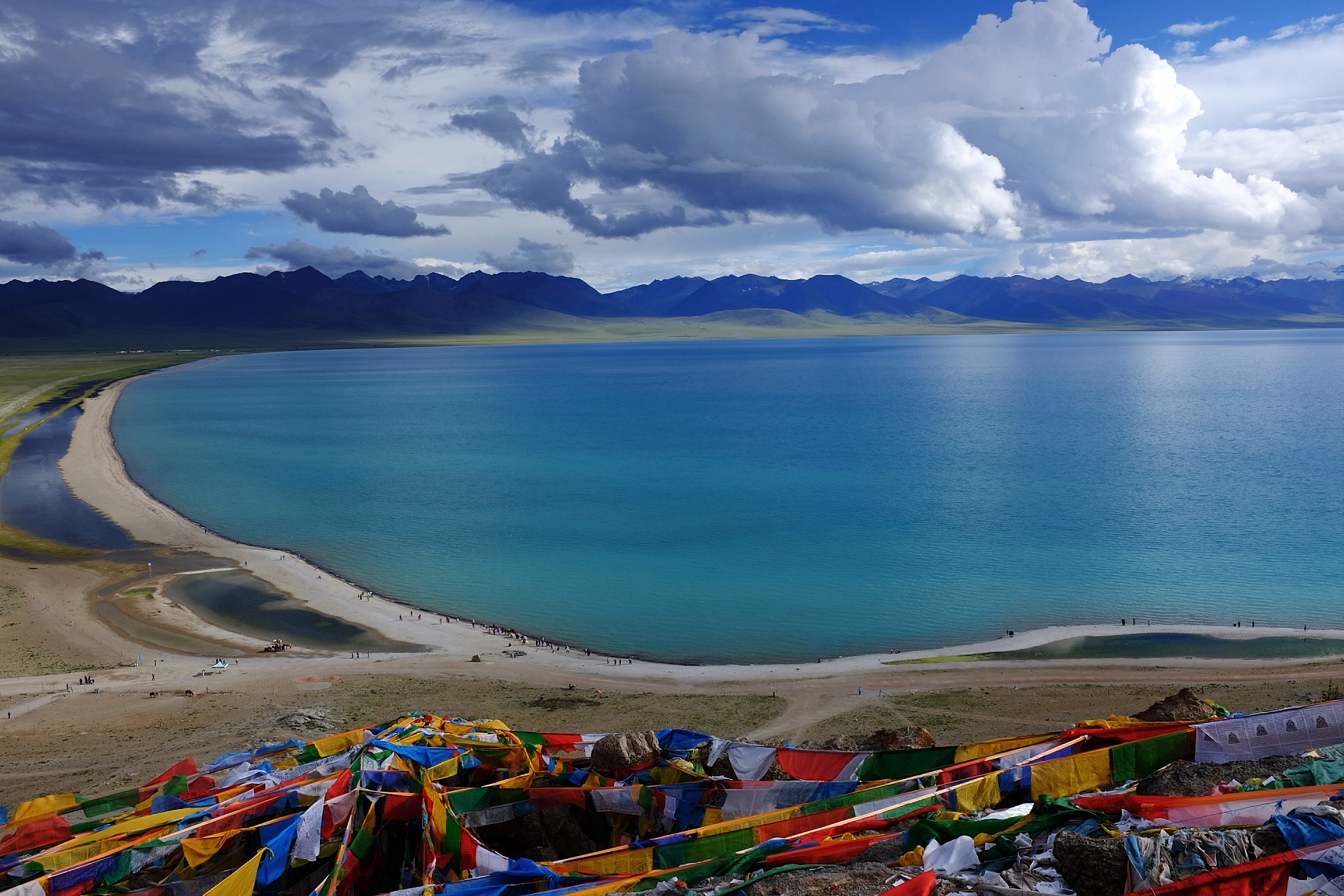
The daughter also insisted on climbing up, stood on the top of the mountain, grabbed a handful of Longda, made a wish, threw it towards Namtso, and let the wind bring the wish to the gods.
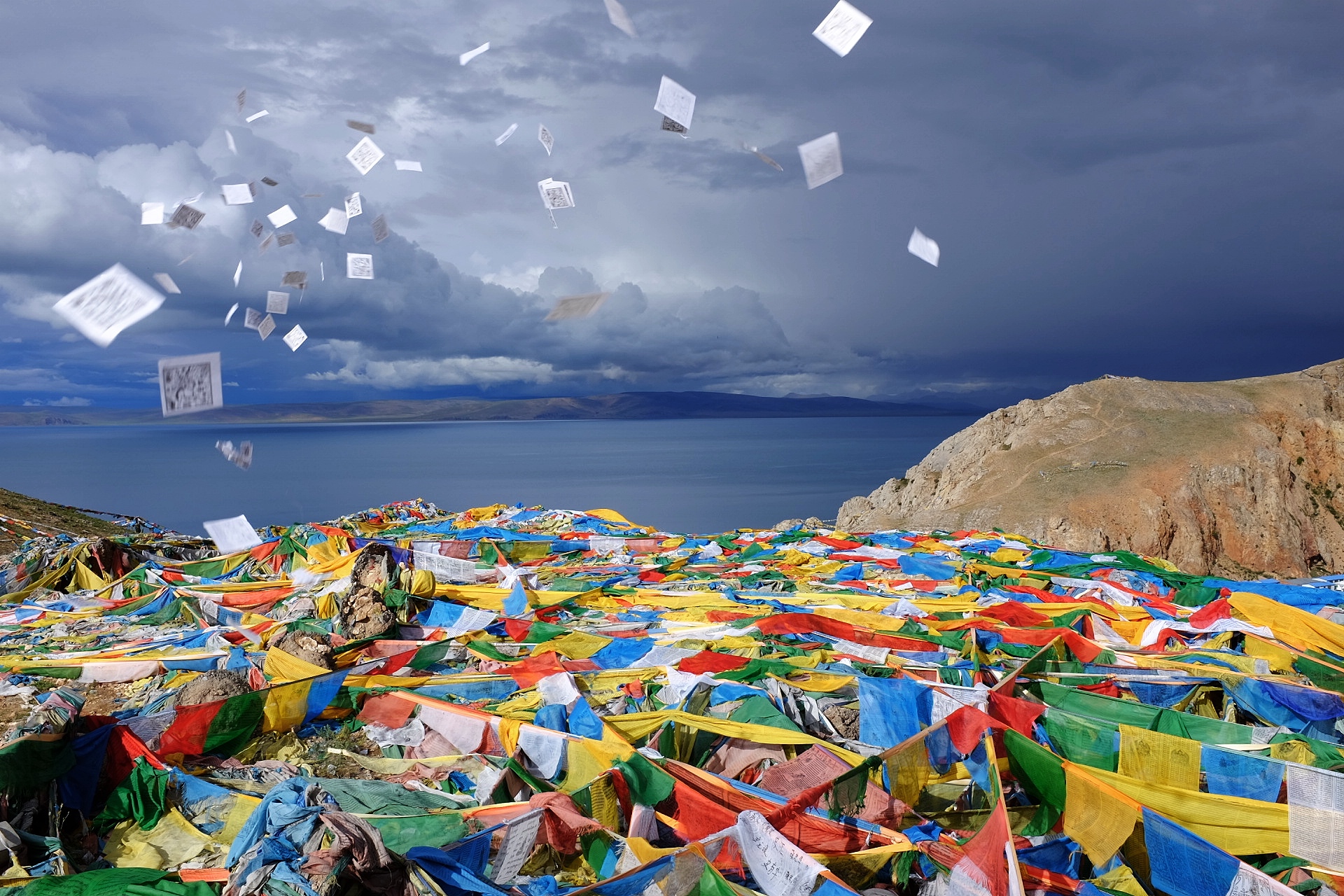
My daughter took two photos of me at work using a telephoto lens. In one, I took the real scene but the scene was virtual, and in the other, it was the other way around. We agreed that this one was better.
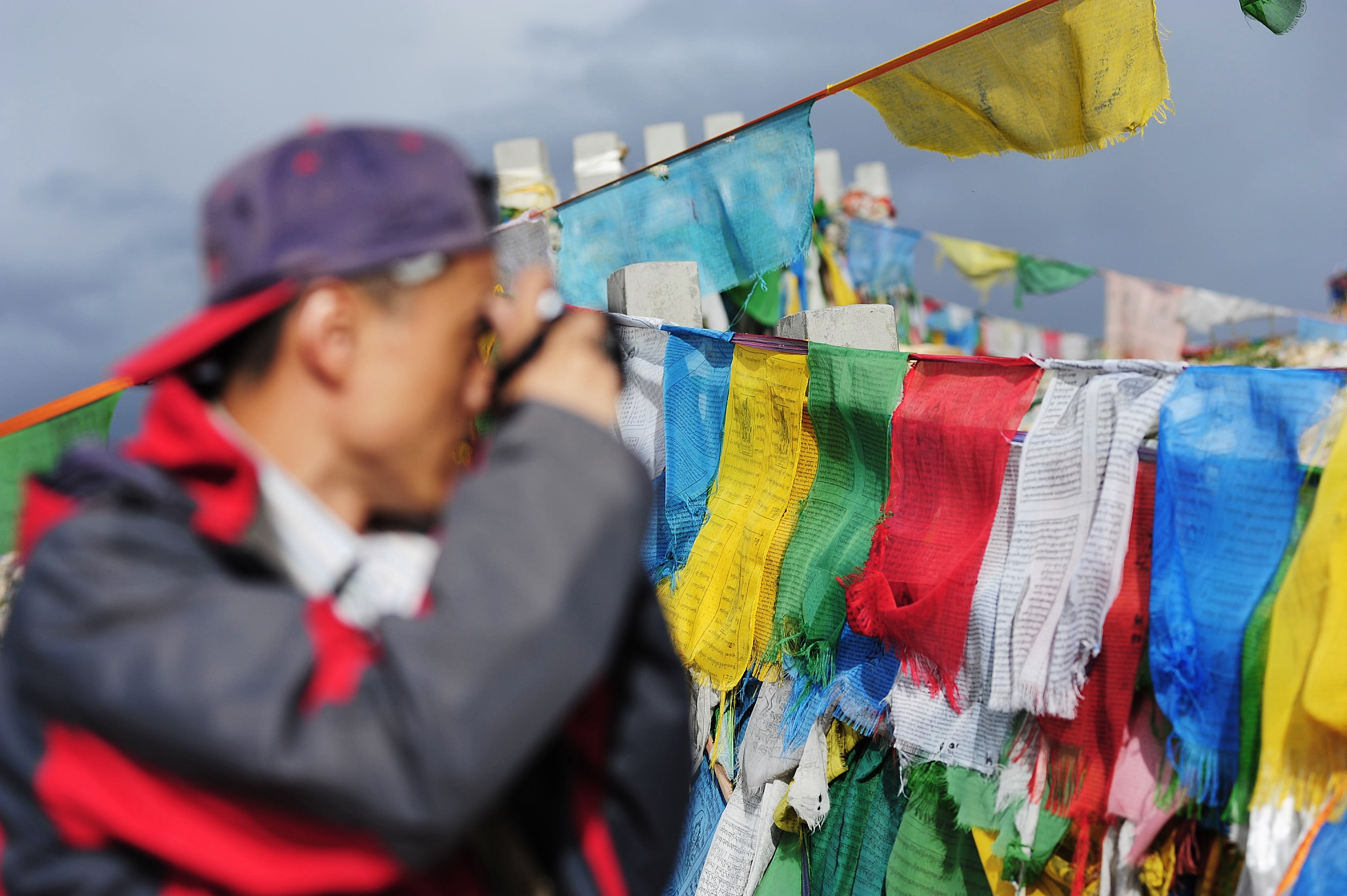
There is also a foreigner who is also doing creative work on the top of the mountain.
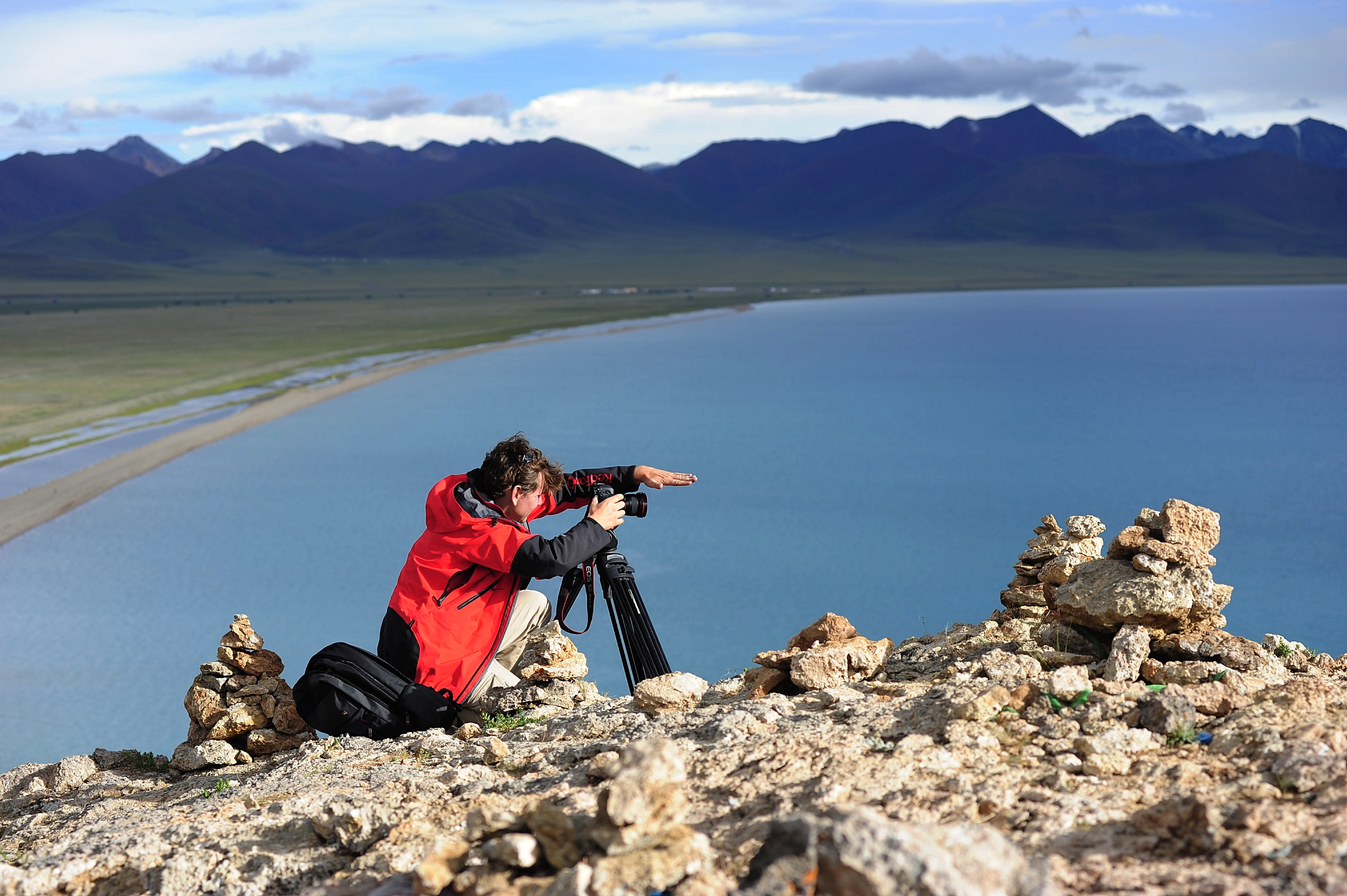
Turning my head, I saw a woman in red looking at Namtso. The picture under the sky was so interesting.
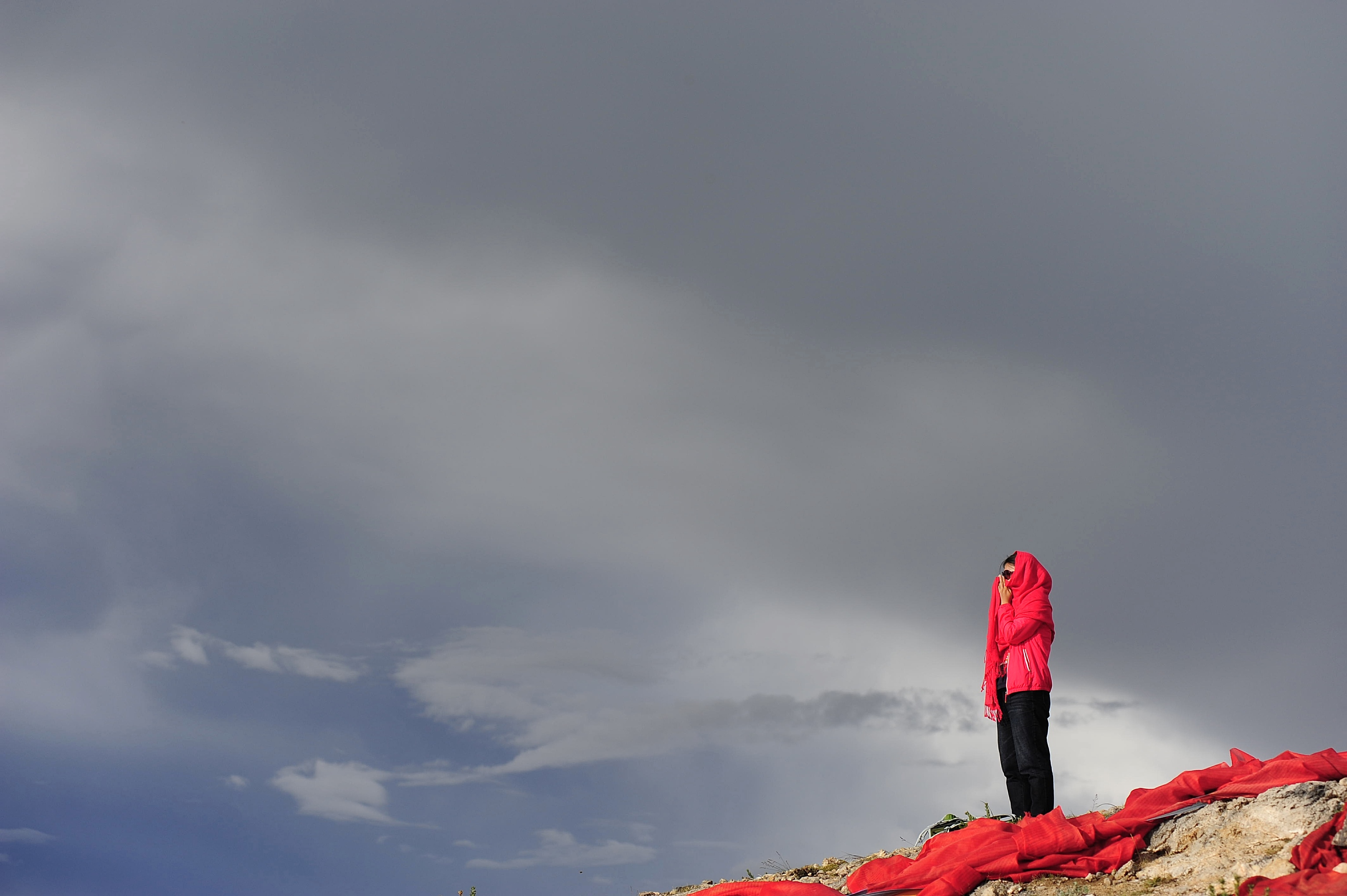
Colorful prayer flags flutter in the wind.
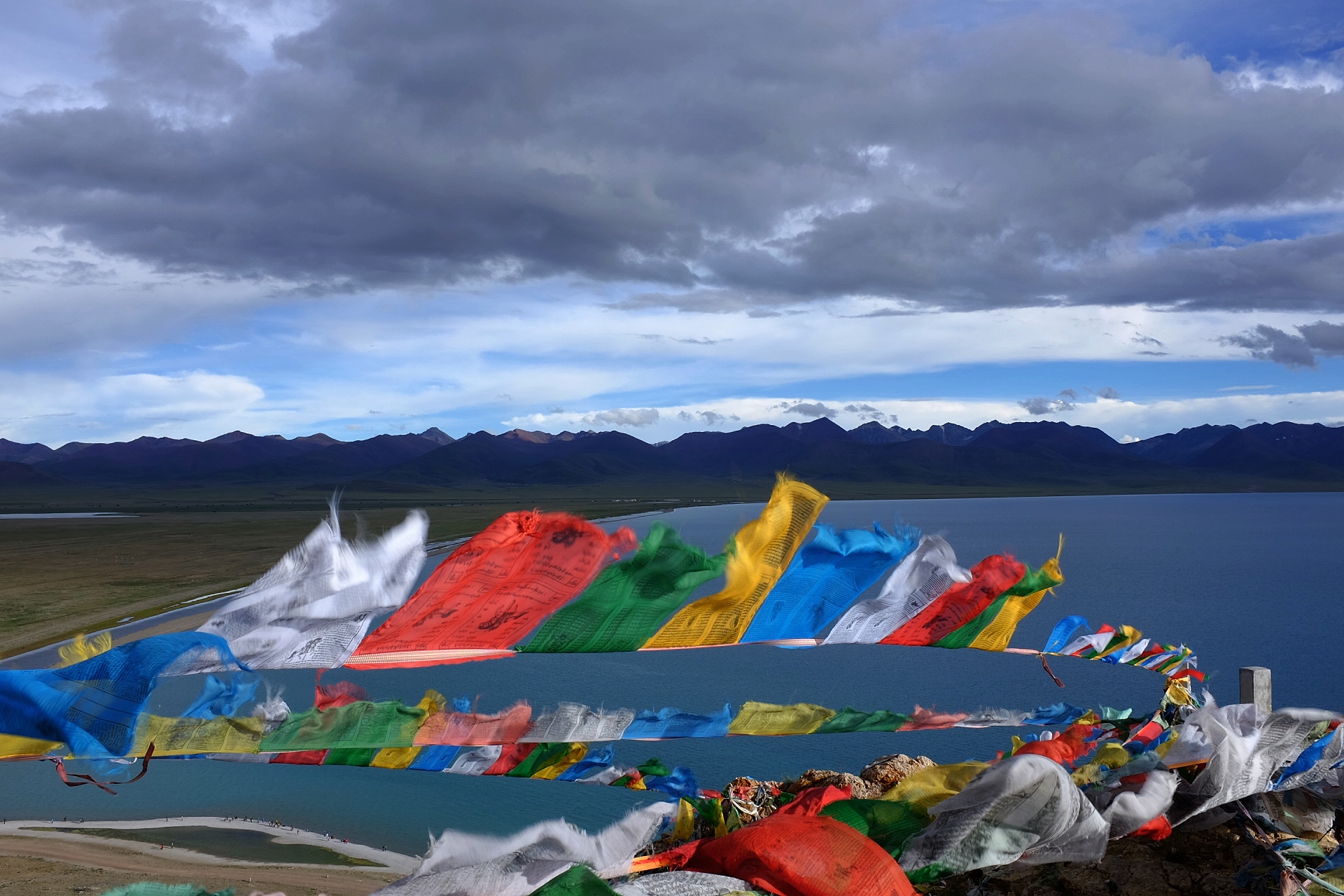
Waiting for sunset, a Tibetan man rode his motorcycle to the top of the mountain. The scene under the backlight was full of power and momentum.
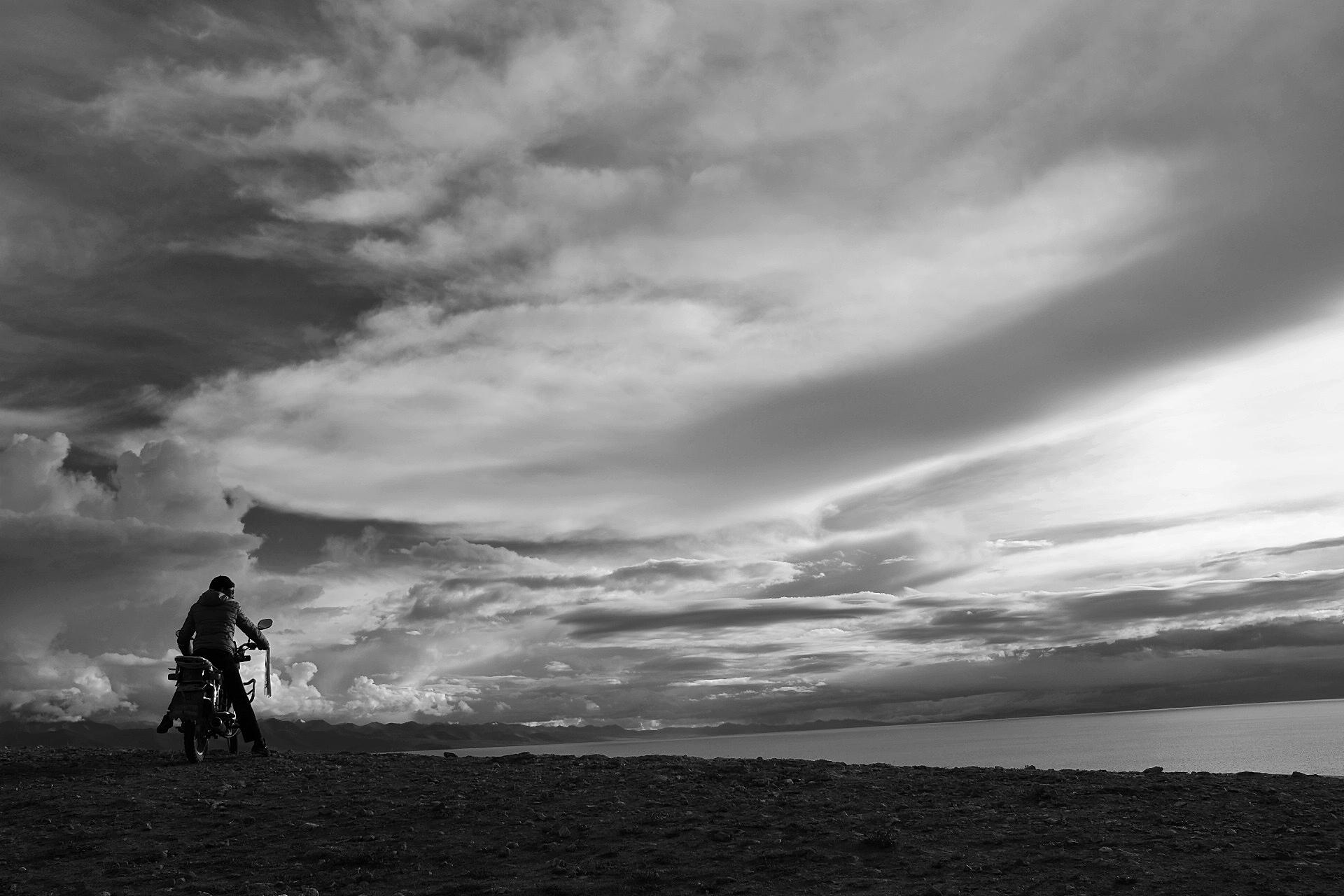
A man and a woman walk into the camera, this is the time to travel to the end of the world together.
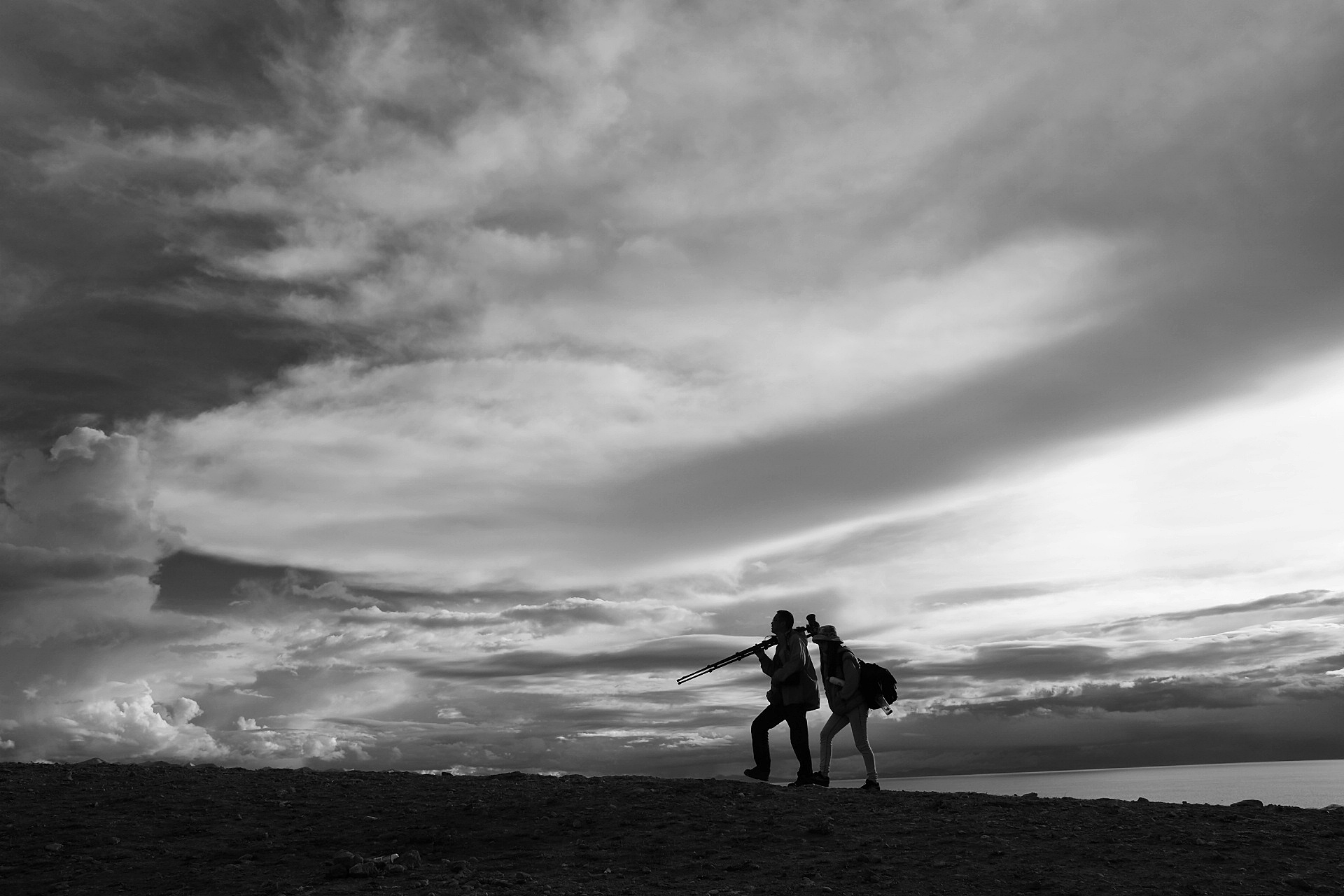
The sunset today was not as spectacular as expected.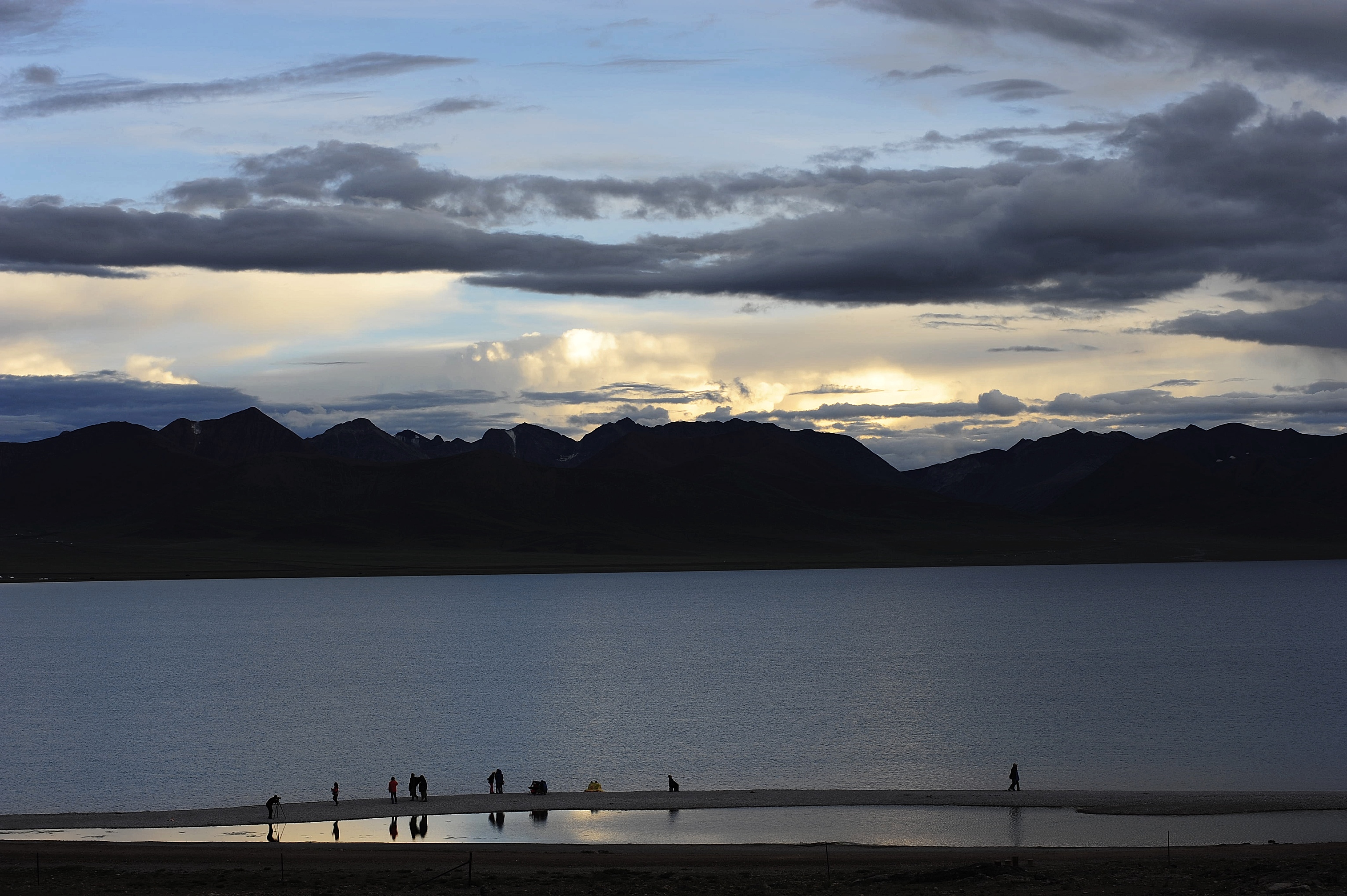
At night, it was difficult to fall asleep on the bed in the wooden house listening to the howling wind outside. The Tibetans in the next room spent the whole night making dragon gate formations in Tibetan. They really wanted to get up and shoot the stars. However, they opened the curtains and did not see a single star. From time to time, a few Tibetan mastiff calls came from the dark outside.
After a sleepless night and before dawn, I picked up the camera and went up the mountain again with a flashlight. There was a string of flashlight lights swaying on the mountain road. Climb to the top of the mountain, set up the camera, and wait for the sunrise in the cold wind. The sky gradually begins to light up.
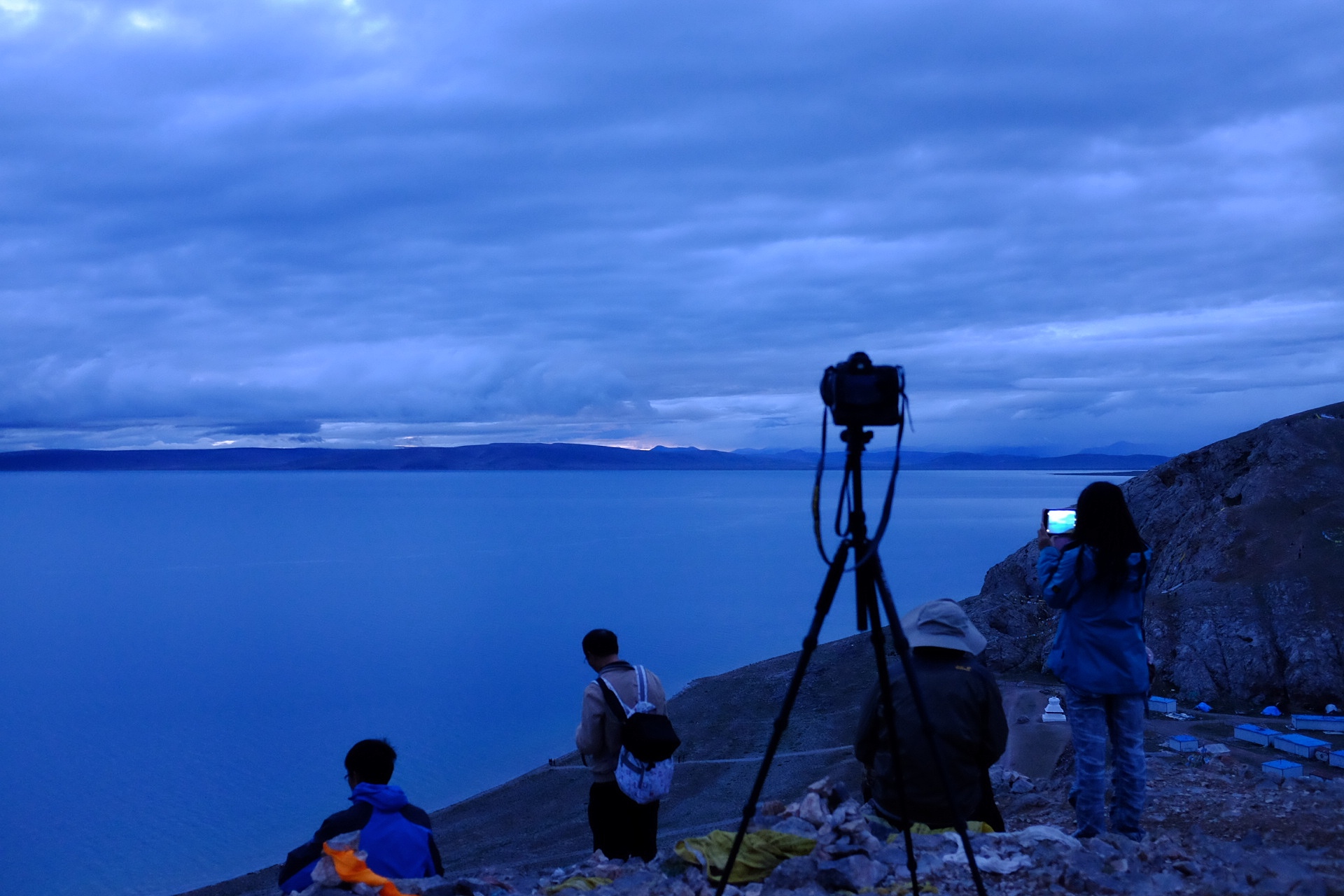
The ray of morning glow in the sky was quickly blocked by clouds, ruthlessly announcing that the sunrise was in vain. Everyone packed up their machines with regret, but they were unwilling to go down the mountain immediately. They stood on the top of the mountain and waited for a miracle to happen.
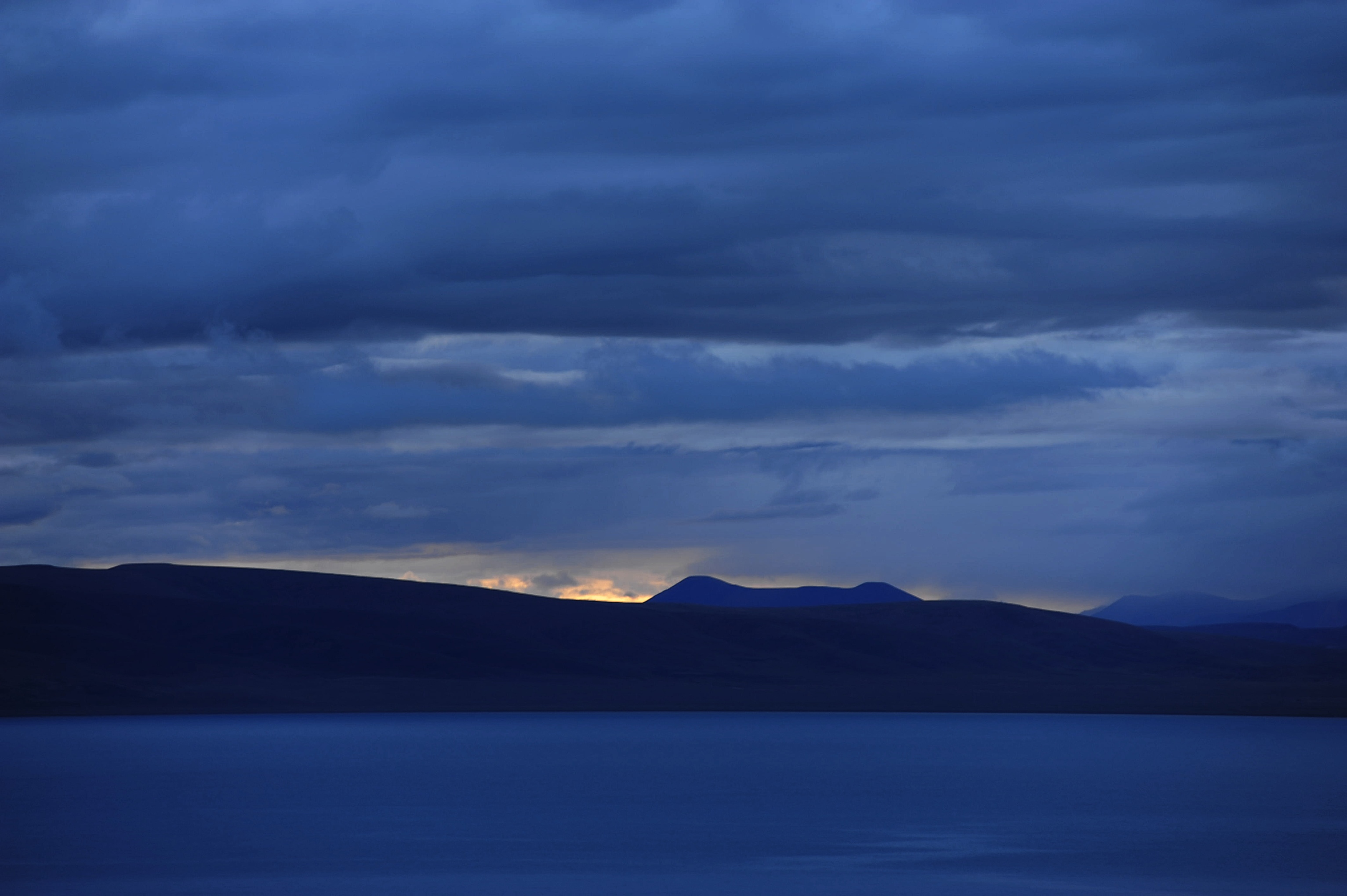
In the end, there was still no miracle. After going down the mountain, the light passed through the gaps in the clouds and illuminated the mountains in the distance, which was a bit of comfort.
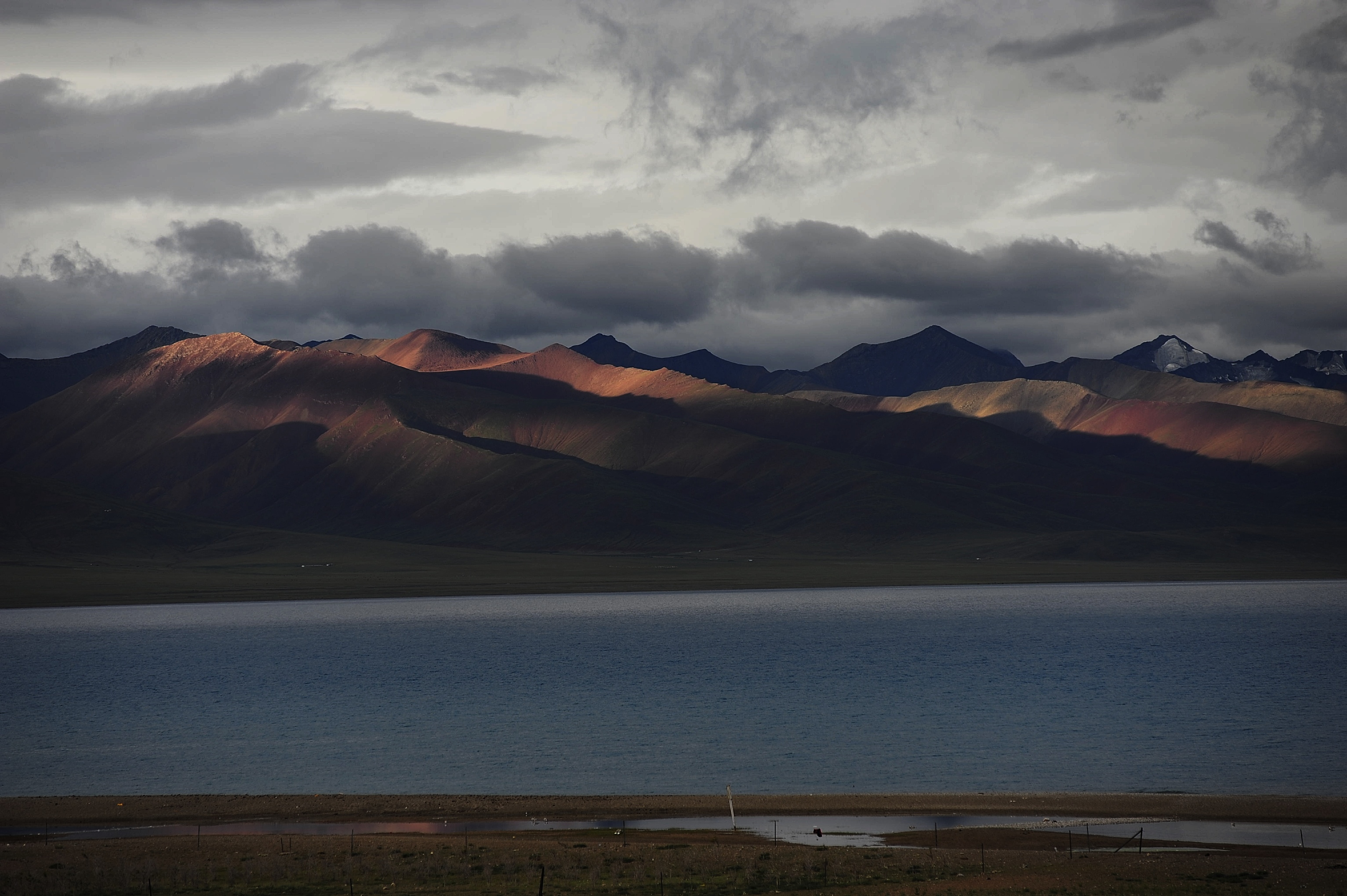
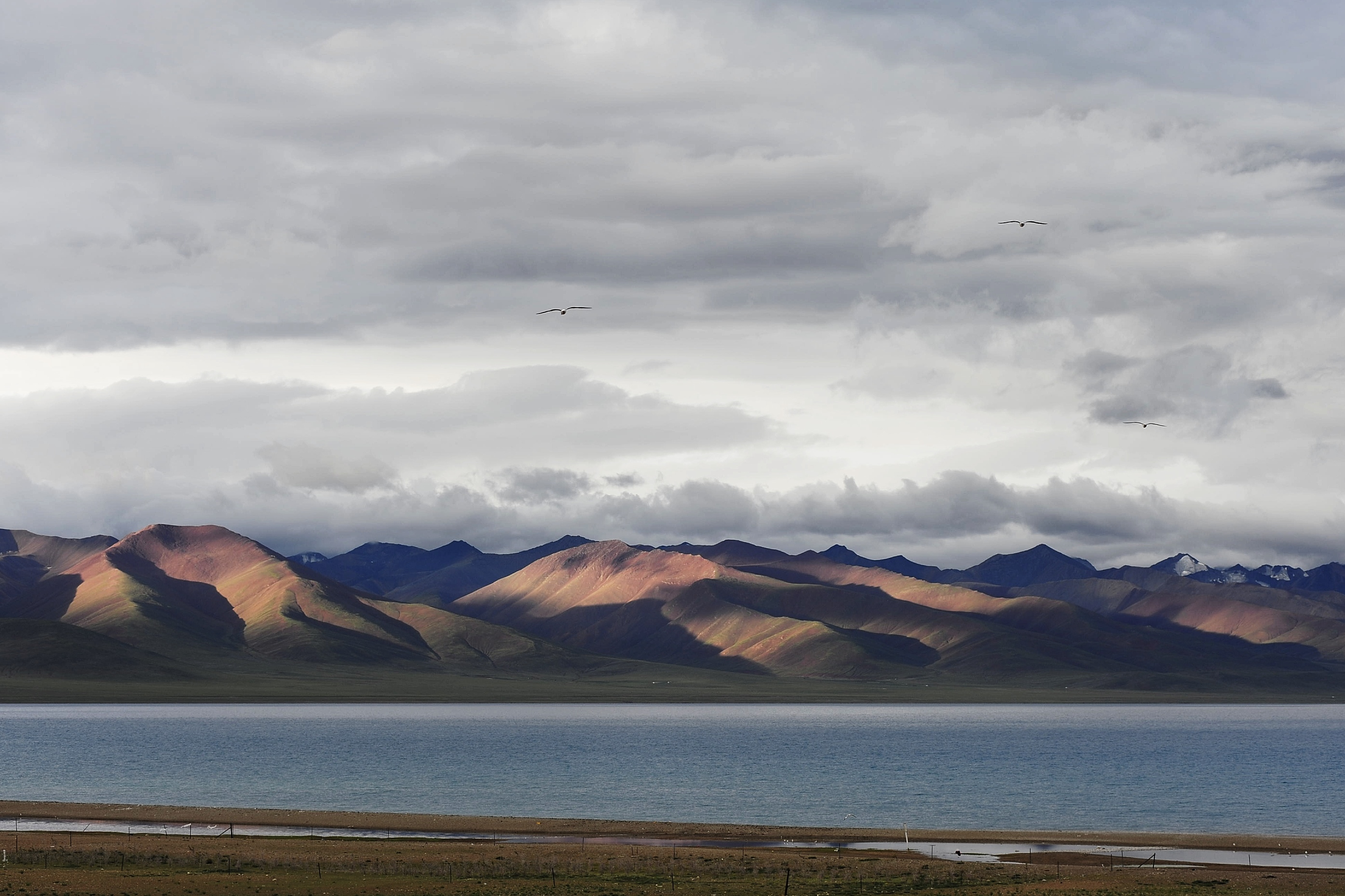
Go back to the room to wake up your daughter, have breakfast and start walking around the Tashi Peninsula in a clockwise direction. According to the plan, the red scarves used by my daughter brought from home were connected and hung in the array of prayer flags on the Tashi Peninsula to hold a brief farewell ceremony to her boyhood. My daughter said: Hey, let me say goodbye to my dying youth! Dad, give me one for the poor guy.
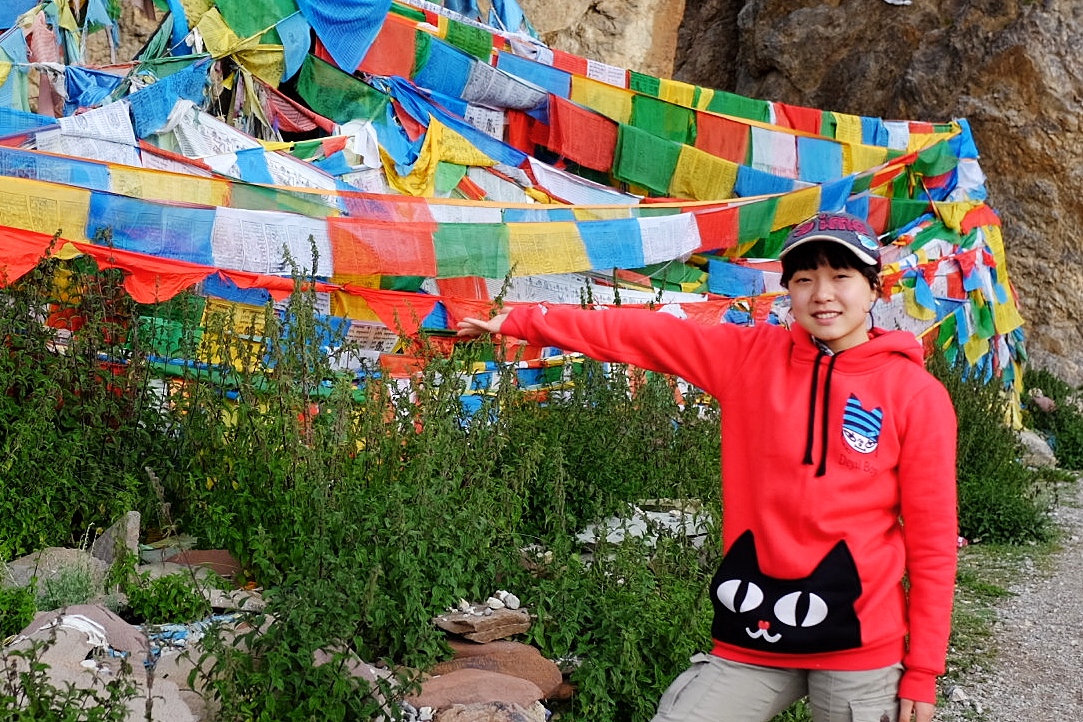
We continued to turn around the mountains, and a herdsman drove a beautiful white yak to the lake with the most tourists.
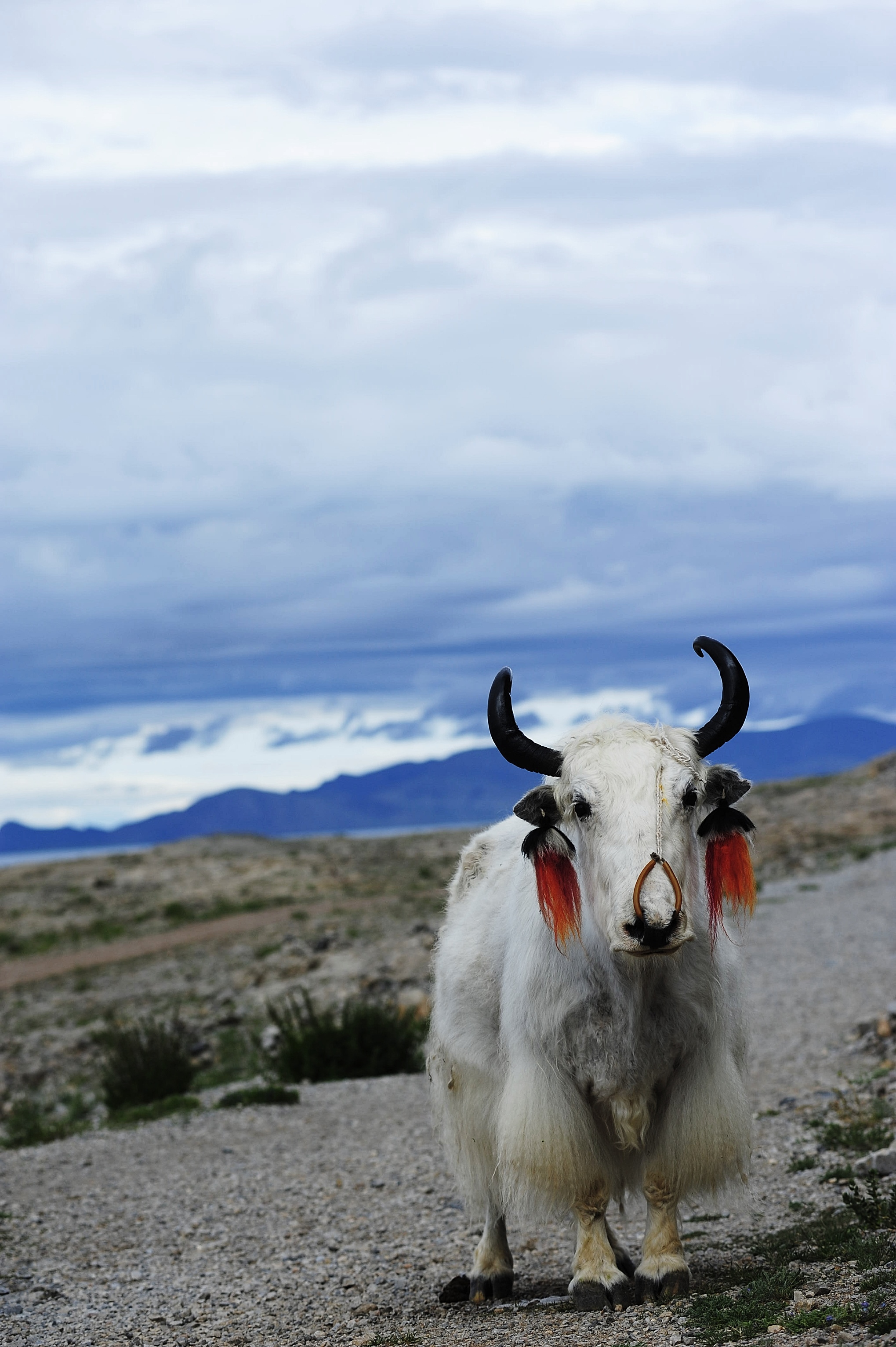
The symbol of Namtso: Gassho Stone.
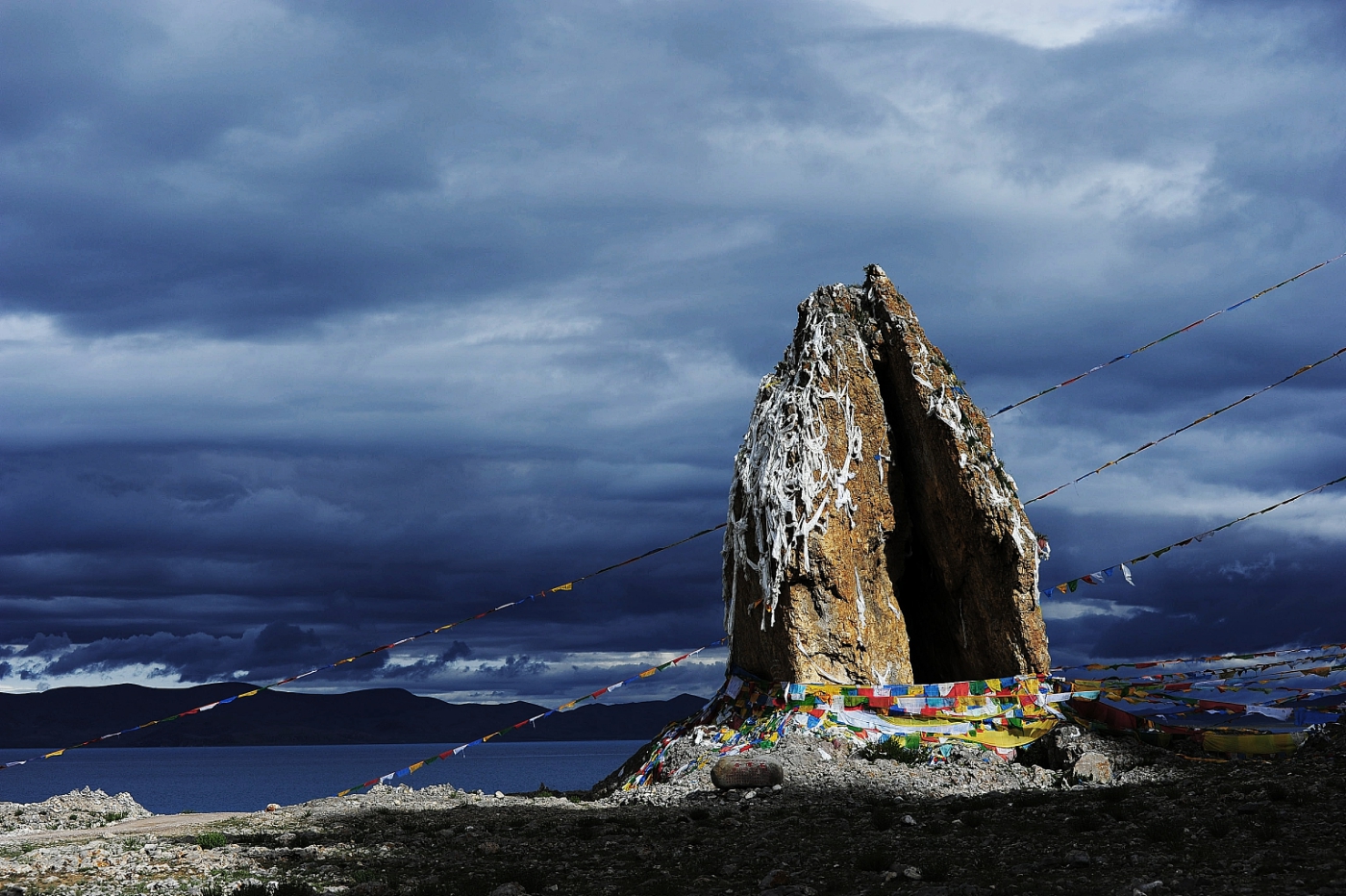
Several herdsmen who were wandering the mountains caught up with them, but unfortunately they couldn't communicate because of the language barrier.
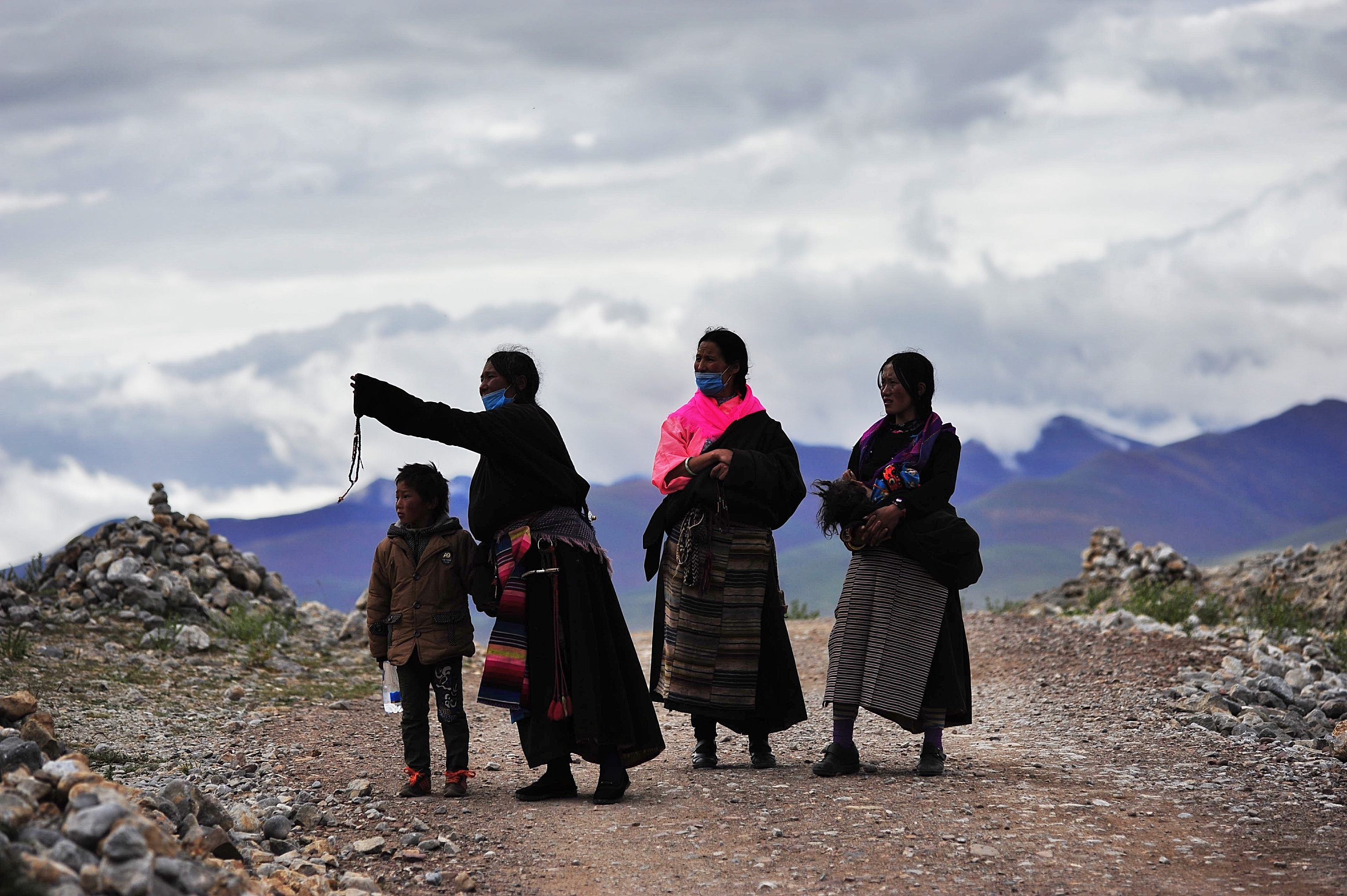
Looking at the Mani stone by the lake, on the other side of the lake is the Qiangtang grassland in northern Tibet, where there used to be the splendid Shangzung civilization, where there are the beautiful Serin Co, Dangra Yong Co and Zhari Nam Co. The sea in northern Tibet.
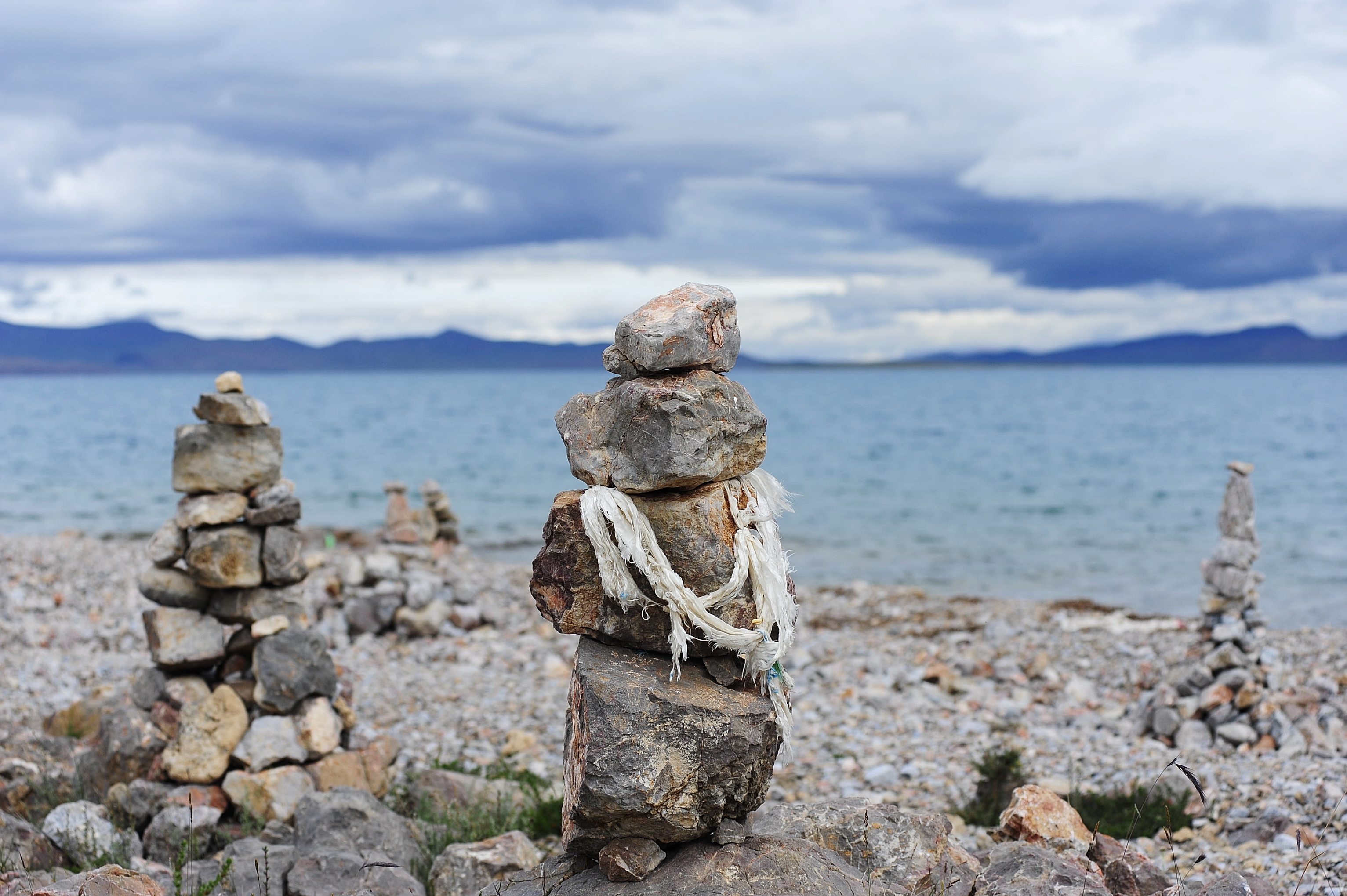
Depart Namtso and end the journey. There are countless expectations in my heart, such as Kailash, Manasarovar and the Guge Dynasty, the "mistakes again and again" of the Great Northern Line, the secret canyons of Medog, and the crossing of Sichuan-Tibet, Yunnan-Tibet, New Tibet and Qinghai-Tibet. Tibet, will come again.
